Wooden walkways transform ordinary outdoor spaces into stunning pathways that blend functionality with natural beauty. Whether you're navigating through a garden, connecting different areas of your yard, or creating safe passage over uneven terrain, wooden walkways offer endless design possibilities. From budget-friendly pallet constructions to sophisticated composite installations, these pathways provide both practical solutions and aesthetic appeal. The versatility of wood allows for various styles, from rustic cottage charm to modern minimalist designs, ensuring there's a perfect wooden walkway solution for every landscape and personal preference.
1. Reclaimed Pallet Wooden Walkway
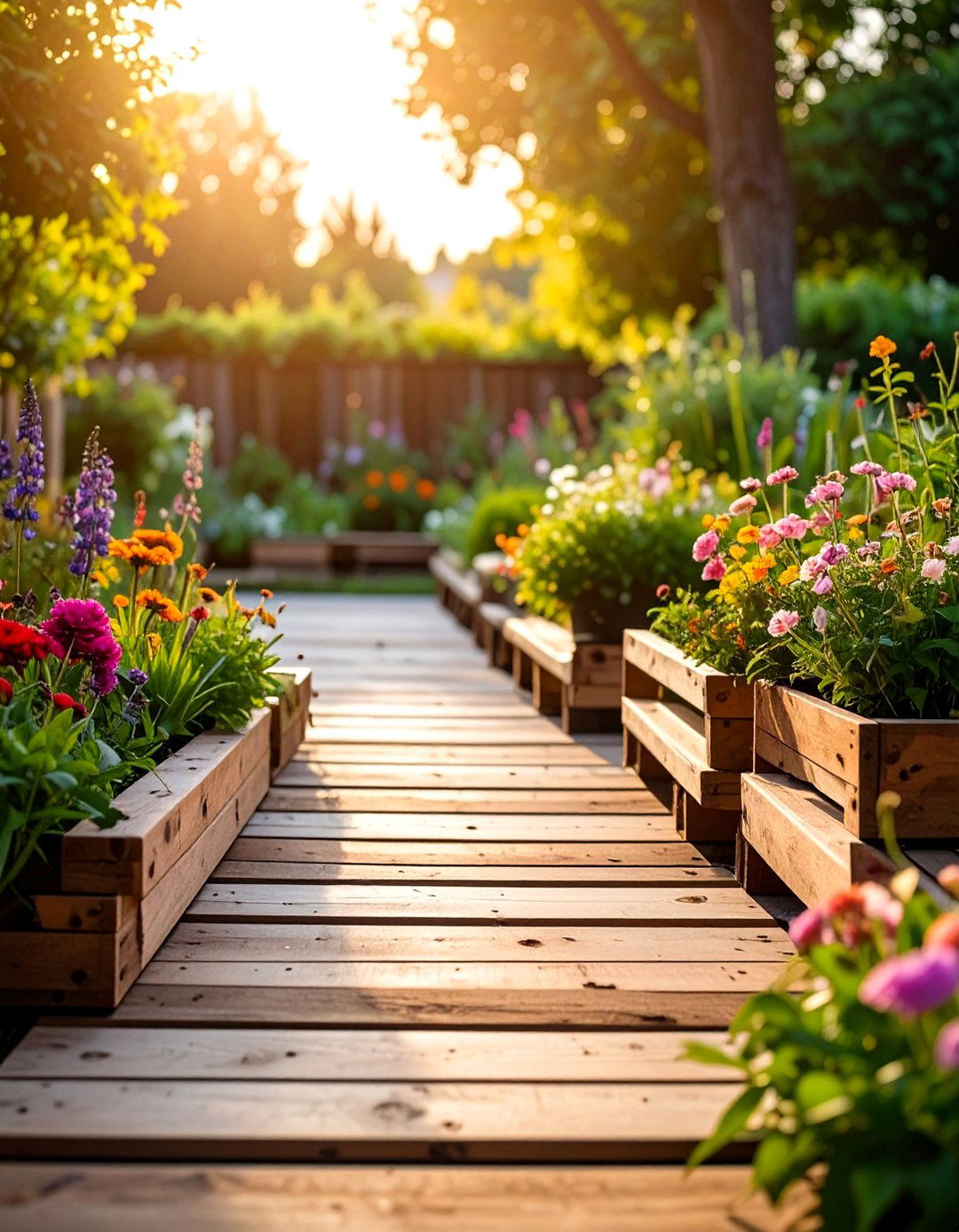
Transform discarded shipping pallets into an eco-friendly wooden walkway that adds rustic charm to your garden. Sand and treat the pallet wood before installation, securing boards directly onto the ground using long landscape pins. This budget-conscious approach requires minimal tools and can be completed in an afternoon. Create visual interest by painting random planks in complementary colors or leaving them natural for an authentic weathered appearance. The gaps between boards allow for natural drainage while providing a stable walking surface. Perfect for vegetable gardens or informal outdoor settings, this sustainable option diverts waste from landfills while creating functional pathways that develop character over time through natural weathering.
2. Floating Wooden Walkway Over Water Features
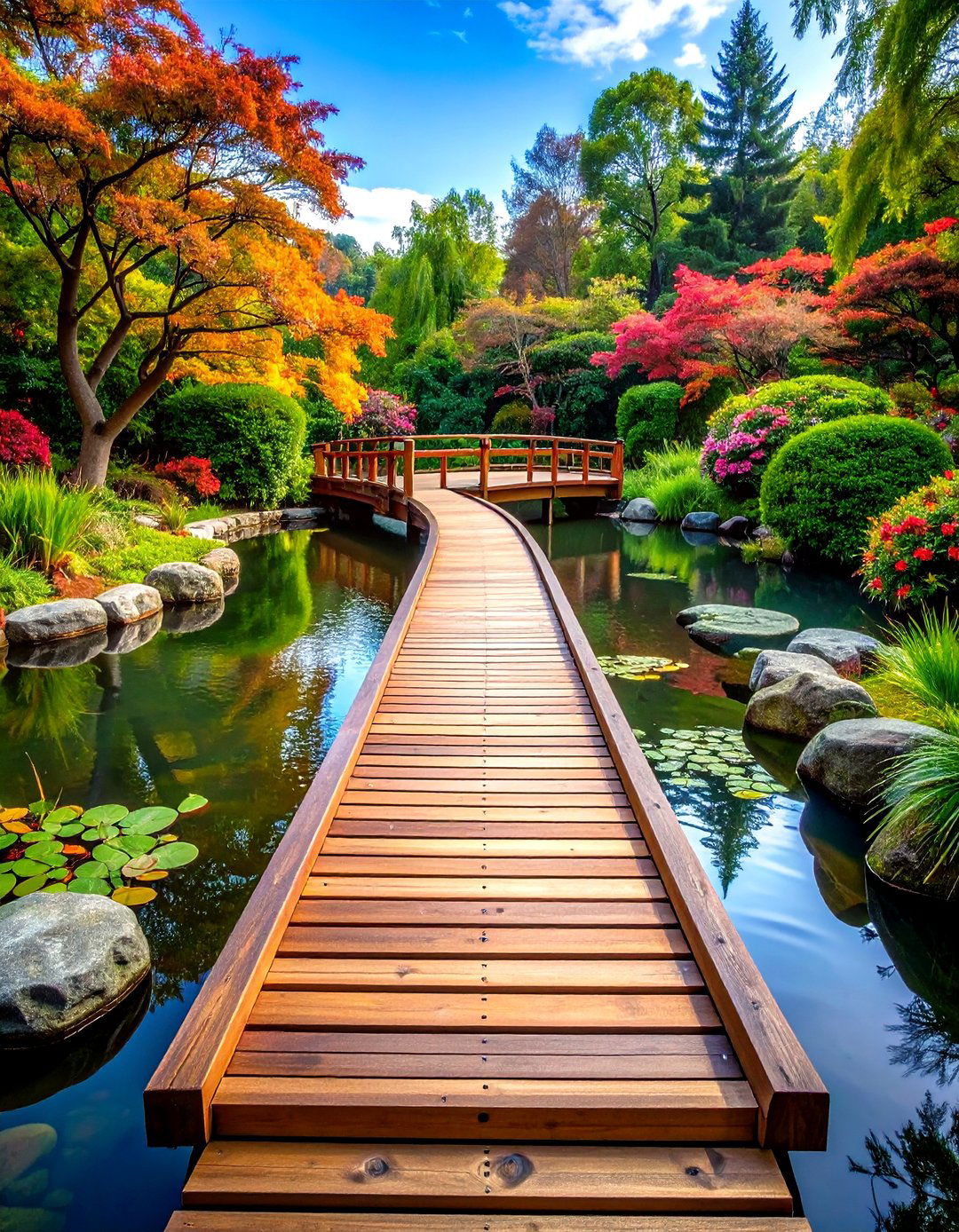
Create an enchanting illusion with a floating wooden walkway that appears to hover above ponds or water gardens. Use treated lumber with hidden supports beneath the water surface to achieve the floating effect while ensuring structural stability. This design works exceptionally well in Japanese-inspired gardens or tranquil meditation spaces. The walkway rises and falls with water levels, making it minimally invasive to surrounding ecosystems. Consider adding underwater lighting to enhance the magical atmosphere during evening hours. The gentle movement of water beneath creates a soothing auditory experience while the elevated perspective offers unique viewing angles of aquatic plants and fish. Regular maintenance includes checking anchor points and ensuring proper drainage to prevent water damage.
3. Raised Boardwalk Wooden Walkway for Wetlands
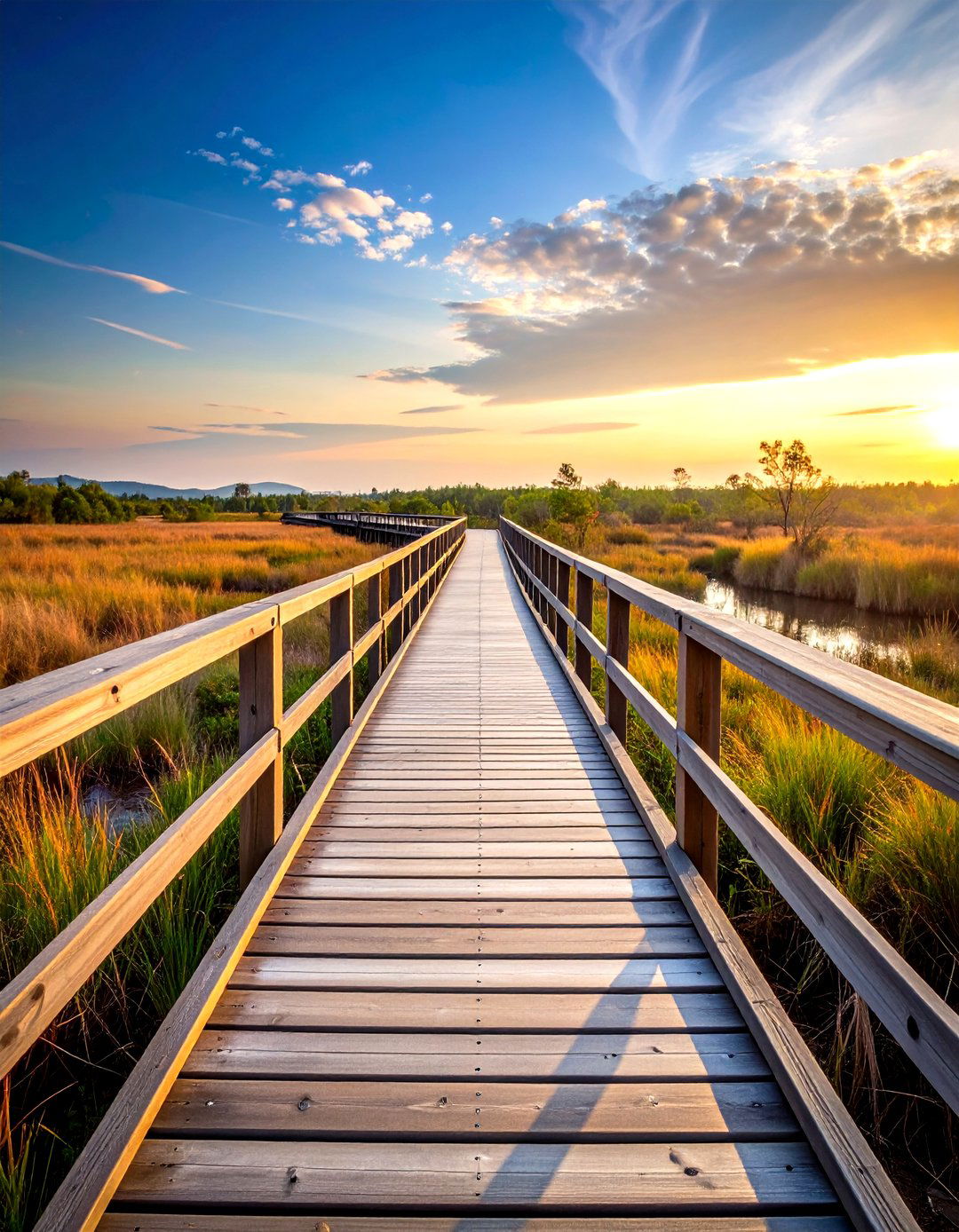
Elevate your wooden walkway above marshy or consistently wet terrain with a raised boardwalk design. Use pressure-treated 4×4 posts sunk two feet deep with 2×6 framing for maximum stability. This elevated approach protects sensitive ecosystems while providing safe passage through challenging landscapes. The raised design naturally weathers to an attractive silver-gray that complements wetland environments. Include handrails for safety and consider adding benches at strategic viewing points. The elevated perspective offers enhanced views of surrounding wildlife and vegetation. Proper spacing of support posts ensures the structure can handle seasonal ground movement while maintaining long-term stability. This design particularly suits properties with seasonal flooding or naturally boggy areas.
4. Japanese Zen Wooden Walkway with Stepping Elements

Incorporate traditional Japanese design principles into your wooden walkway using irregularly spaced stepping elements. Combine wood rounds with pebbles and moss to create a contemplative zen pathway that encourages mindful walking. Space stepping stones approximately four inches apart, closer when crossing water features. The irregular spacing naturally slows foot traffic, promoting meditation and reflection. Surround the pathway with carefully curated plantings including bamboo, ferns, and ornamental grasses. Traditional elements like stone lanterns and wooden gates enhance the authentic Japanese garden atmosphere. This design philosophy emphasizes harmony between built elements and natural landscapes, creating peaceful transitions through outdoor spaces while honoring centuries-old aesthetic principles.
5. Curved Composite Wooden Walkway
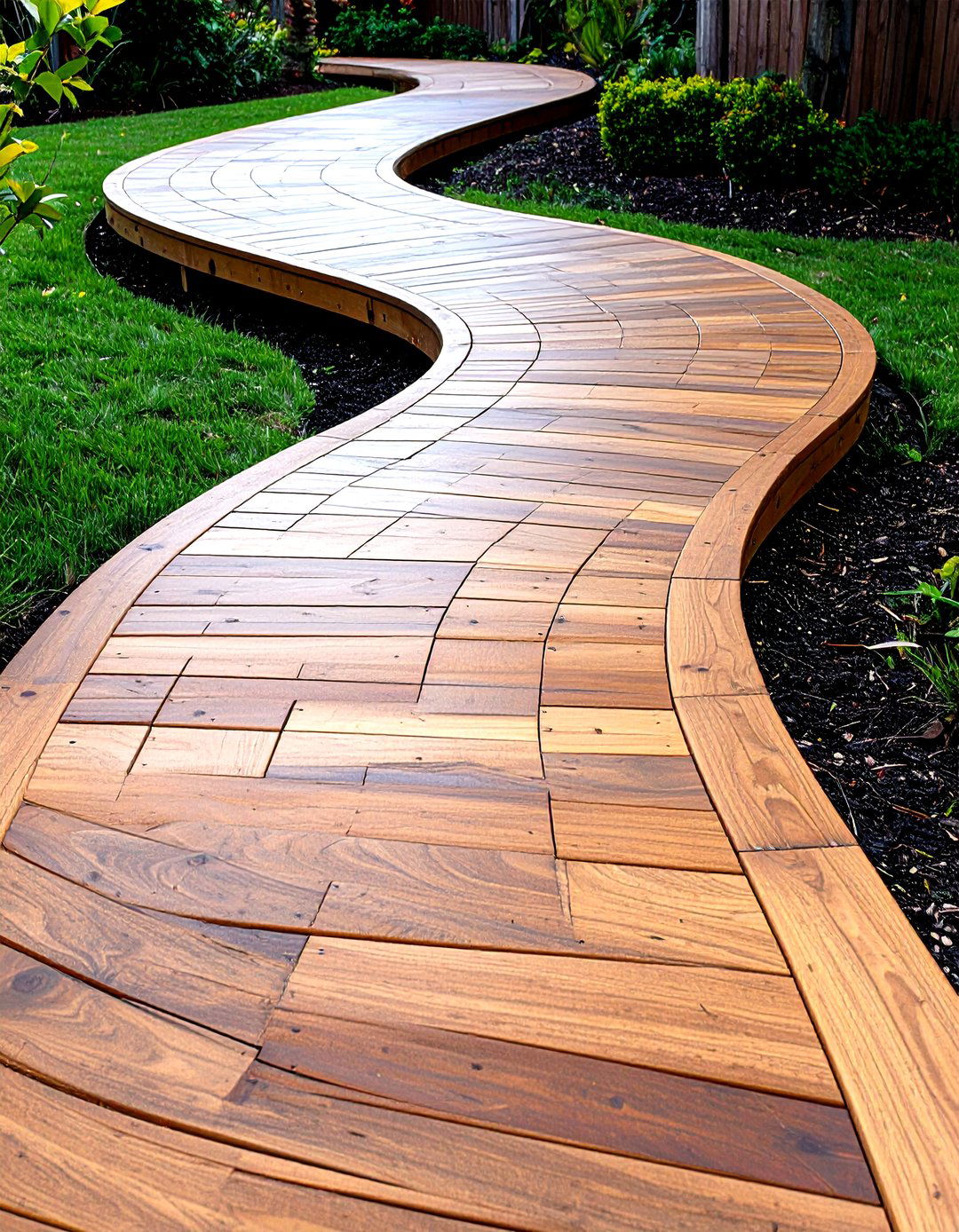
Design flowing curves with composite wooden walkway materials that offer superior durability and low maintenance. Use flexible composite boards that can follow gentle contours while providing fade-resistant, scratch-resistant surfaces. The composite material spans roots and rocks without requiring extensive excavation, making installation easier. Create dramatic S-curves by carefully planning the layout and using gradual transitions rather than sharp turns. This material choice withstands harsh weather conditions and heavy foot traffic while maintaining its appearance over time. The smooth, splinter-free surface ensures safety for bare feet and pets. Available in various wood-tone colors, composite materials offer the natural appearance of wood without the ongoing maintenance requirements of traditional lumber, making them ideal for busy homeowners.
6. Rustic Log Wooden Walkway for Natural Settings
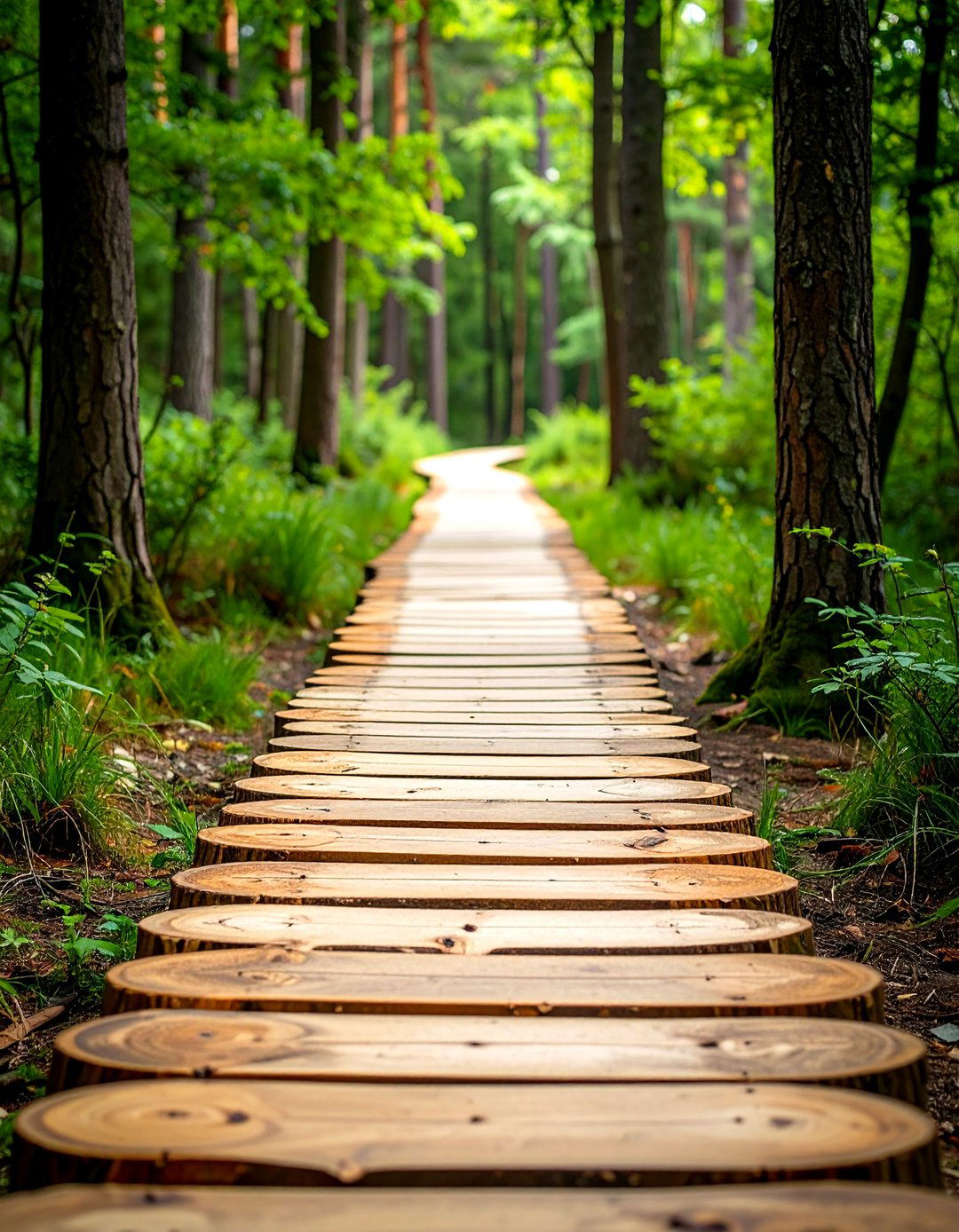
Embrace the wilderness aesthetic with a rustic log wooden walkway using untreated timber and natural wood rounds. Arrange cut log slices of varying sizes to create an organic, forest-like pathway that feels authentically natural. Line the walkway with moss, ferns, and native ground covers to enhance the woodland ambiance. The uneven textures and varying heights add visual interest while maintaining functionality. Allow logs to weather naturally, developing unique patinas and character marks over time. Use large stones as anchoring elements along the path edges to define the walkway boundaries. This approach works particularly well in shaded garden areas or wooded property sections where a more refined pathway might seem out of place. The rustic character blends seamlessly with natural surroundings.
7. Ground-Level Cedar Wooden Walkway
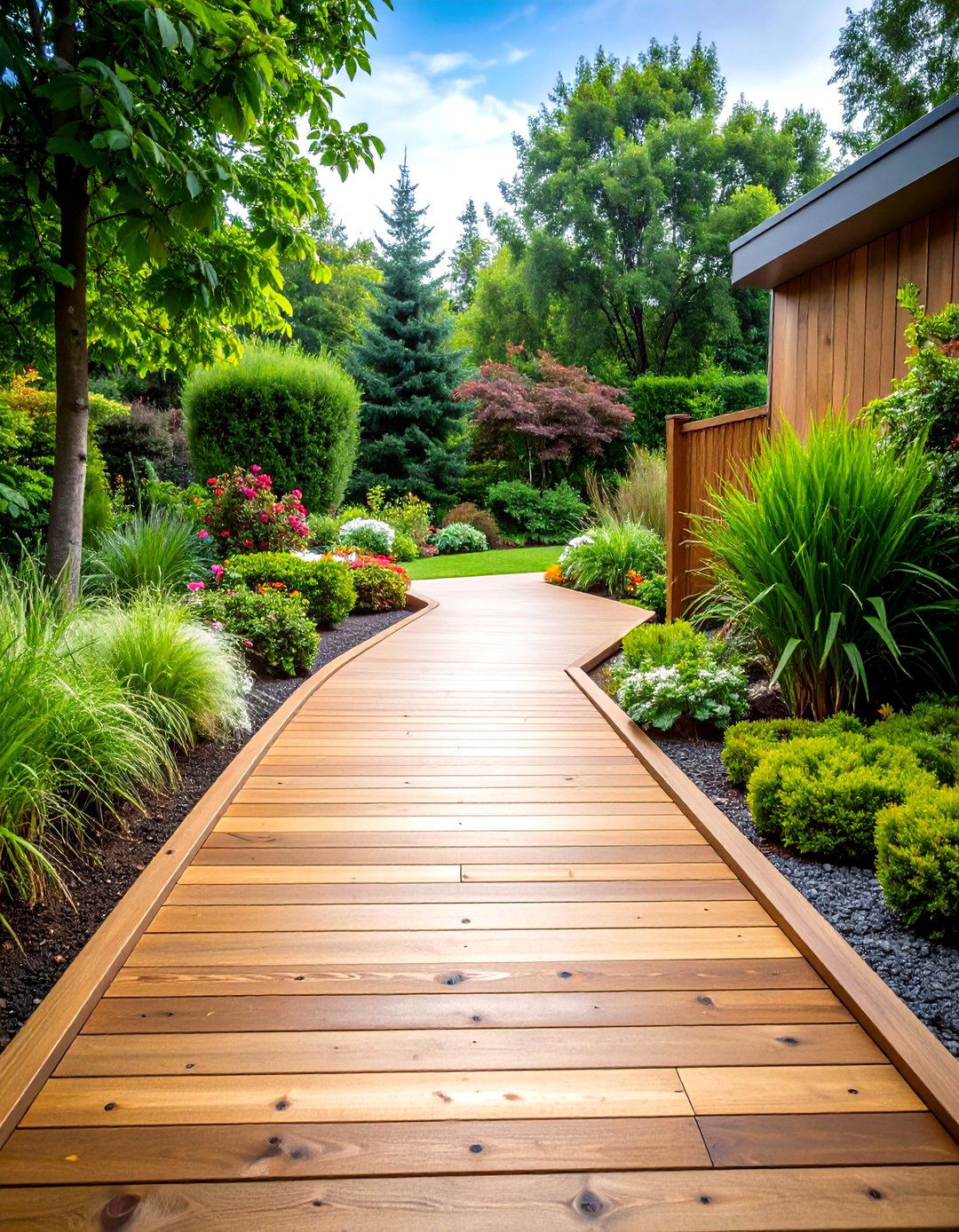
Install a sleek ground-level cedar wooden walkway that creates seamless transitions across your landscape. Prepare the site by excavating soil and laying landscape fabric underneath to prevent weed growth. Use pressure-treated sleeper boards as foundation supports running lengthwise beneath the walking surface. Cedar's natural oils provide inherent resistance to decay and insects while developing an attractive silver-gray patina over time. Create gentle curves by cutting straight boards at different angles rather than attempting to bend the lumber. The ground-level installation allows easy access for wheelchairs and mobility devices while maintaining clean, contemporary aesthetics. Proper drainage with gravel base layers prevents water accumulation and extends the walkway's lifespan significantly.
8. LED-Illuminated Wooden Walkway for Safety
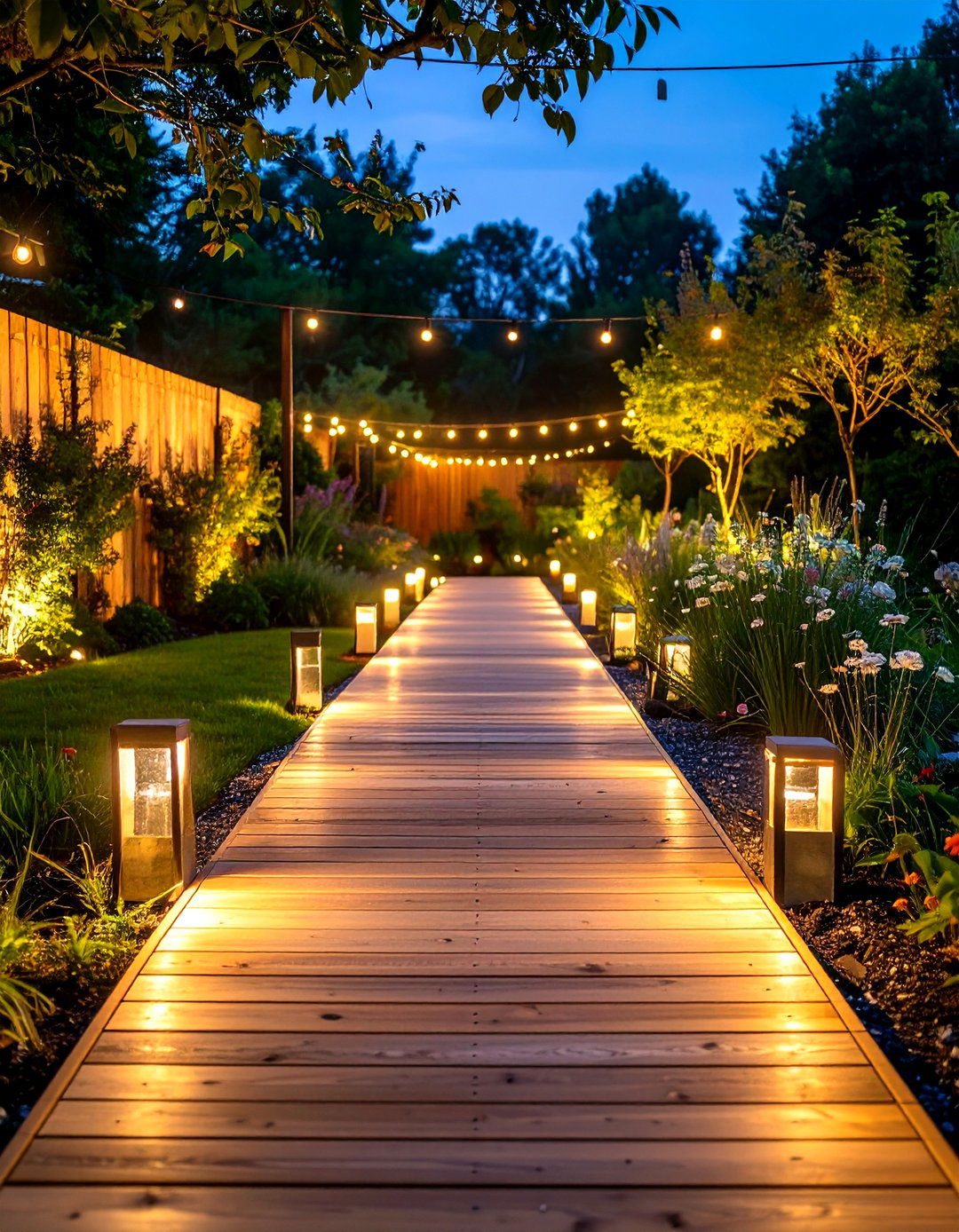
Enhance safety and ambiance by incorporating LED lighting strips into your wooden walkway design. Install warm-toned lights for cozy atmospheres or cool tones for modern aesthetics, embedding them directly into the walkway surface. The integrated lighting eliminates tripping hazards while creating dramatic nighttime effects. Use low-voltage LED systems for energy efficiency and easy installation. Position lights at regular intervals along pathway edges or between boards to define walking surfaces clearly. Solar-powered options reduce electrical installation requirements while providing sustainable illumination. The combination of natural wood textures with subtle lighting creates inviting pathways that extend outdoor entertainment possibilities into evening hours. Consider programmable systems that automatically adjust brightness based on ambient light conditions for optimal functionality.
9. Roll-Out Portable Wooden Walkway
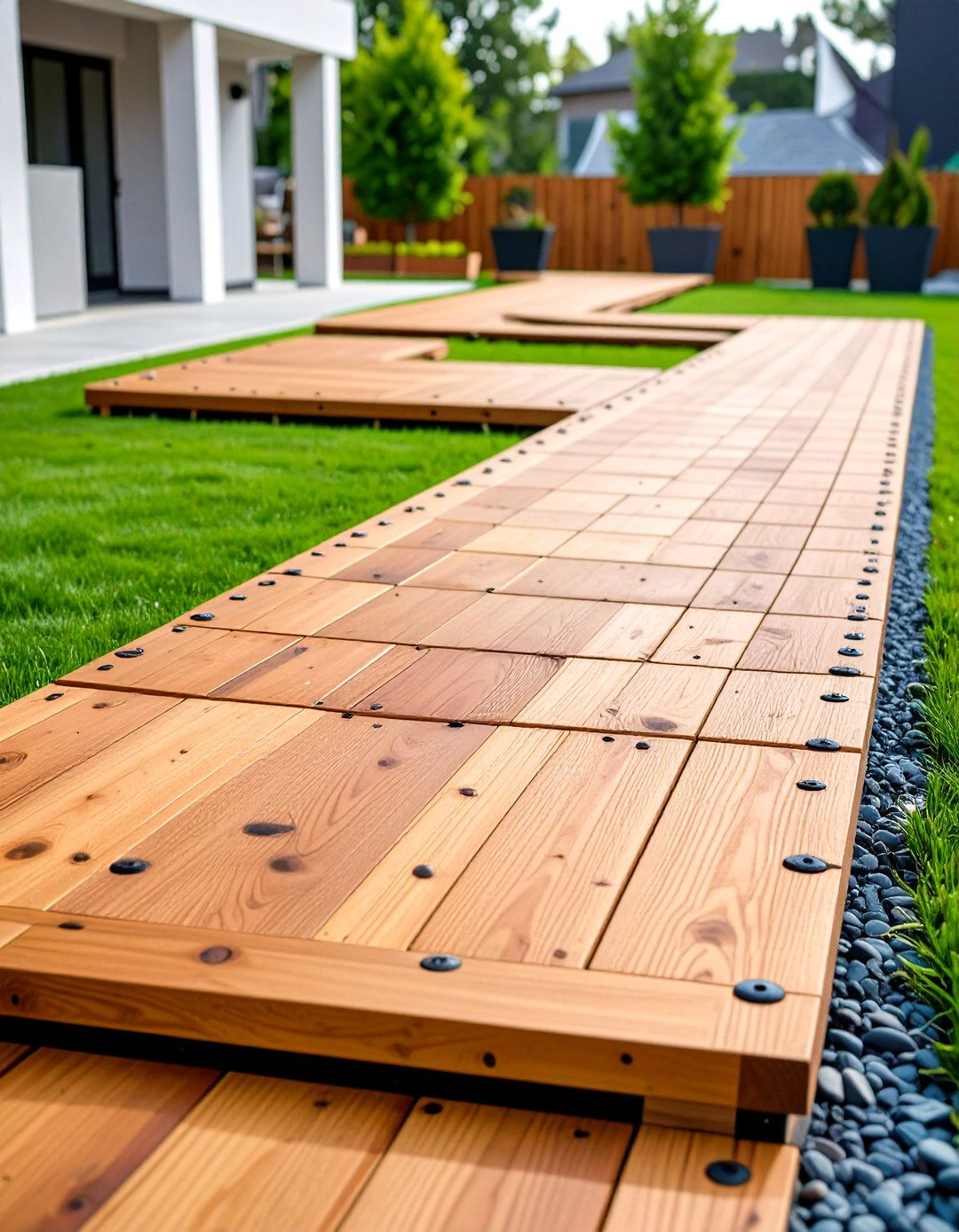
Create instant pathways with roll-out portable wooden walkway systems perfect for temporary applications or seasonal use. These flexible systems work on any terrain including stone, mulch, mud, grass, or sand. Cedar construction with rubber spacing beads allows the walkway to roll up compactly for storage between uses. Ideal for protecting lawns during events, providing clean passage through muddy areas, or creating temporary garden access. Available in various lengths from 2 to 10 feet, these systems can be connected for extended coverage. The portable nature makes them perfect for renters or anyone wanting flexibility in their landscape design. Installation requires no tools or permanent modifications to existing surfaces, making setup and removal quick and straightforward for any homeowner.
10. Weathered Barn Wood Wooden Walkway

Achieve timeless character with a weathered barn wood wooden walkway that brings vintage charm to modern landscapes. Reclaimed barn lumber provides pre-aged textures and unique patinas that instantly add personality to outdoor spaces. The natural weathering process creates beautiful whitewashed-like appearances perfect for shabby chic and cottage-style gardens. Each board tells a story through its unique wear patterns, nail holes, and color variations. Combine weathered planks with vintage-style accessories like wrought iron accents or antique lanterns to complete the aesthetic. The aged wood blends harmoniously with both formal and informal garden settings. Proper treatment and sealing preserve the weathered appearance while ensuring structural integrity for years of reliable service. This approach transforms discarded materials into stunning landscape features.
11. Elevated Bridge-Style Wooden Walkway
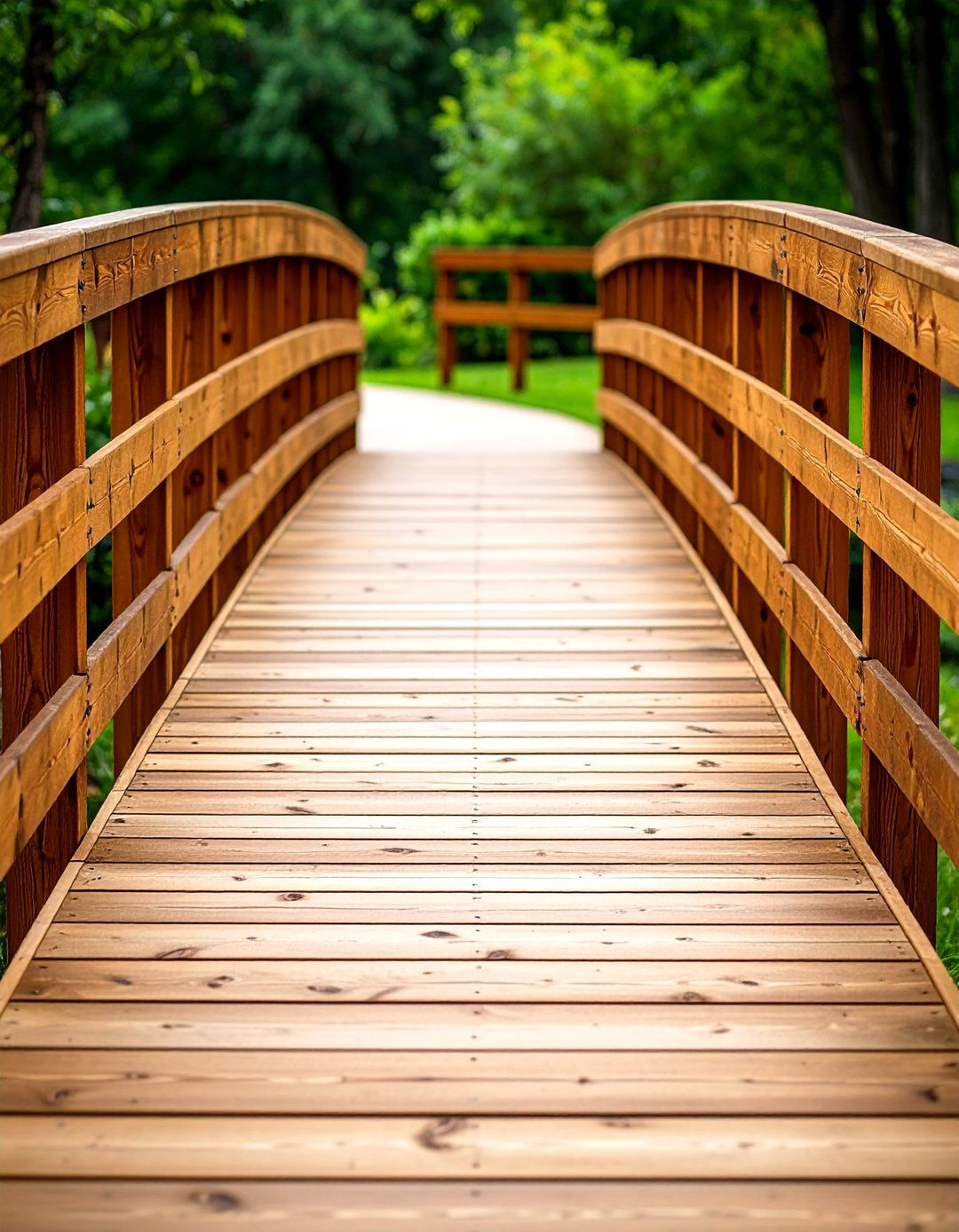
Connect different areas of your property with an elevated bridge-style wooden walkway that spans obstacles or creates dramatic focal points. Use larger 2×12 lumber for side beams ensuring at least 7½ inches of height at every support point. Include safety railings and consider adding architectural curves for enhanced visual appeal. This design works perfectly for crossing streams, dry creek beds, or simply creating interesting level changes in flat yards. Ensure proper overlap connections where the bridge meets existing decks or walkways for structural integrity. The elevated perspective provides unique viewing angles of surrounding landscapes while creating distinctive architectural features. Consider incorporating built-in seating areas or observation platforms at strategic points along longer bridge spans for enhanced functionality and visitor enjoyment.
12. Herringbone Pattern Wooden Walkway
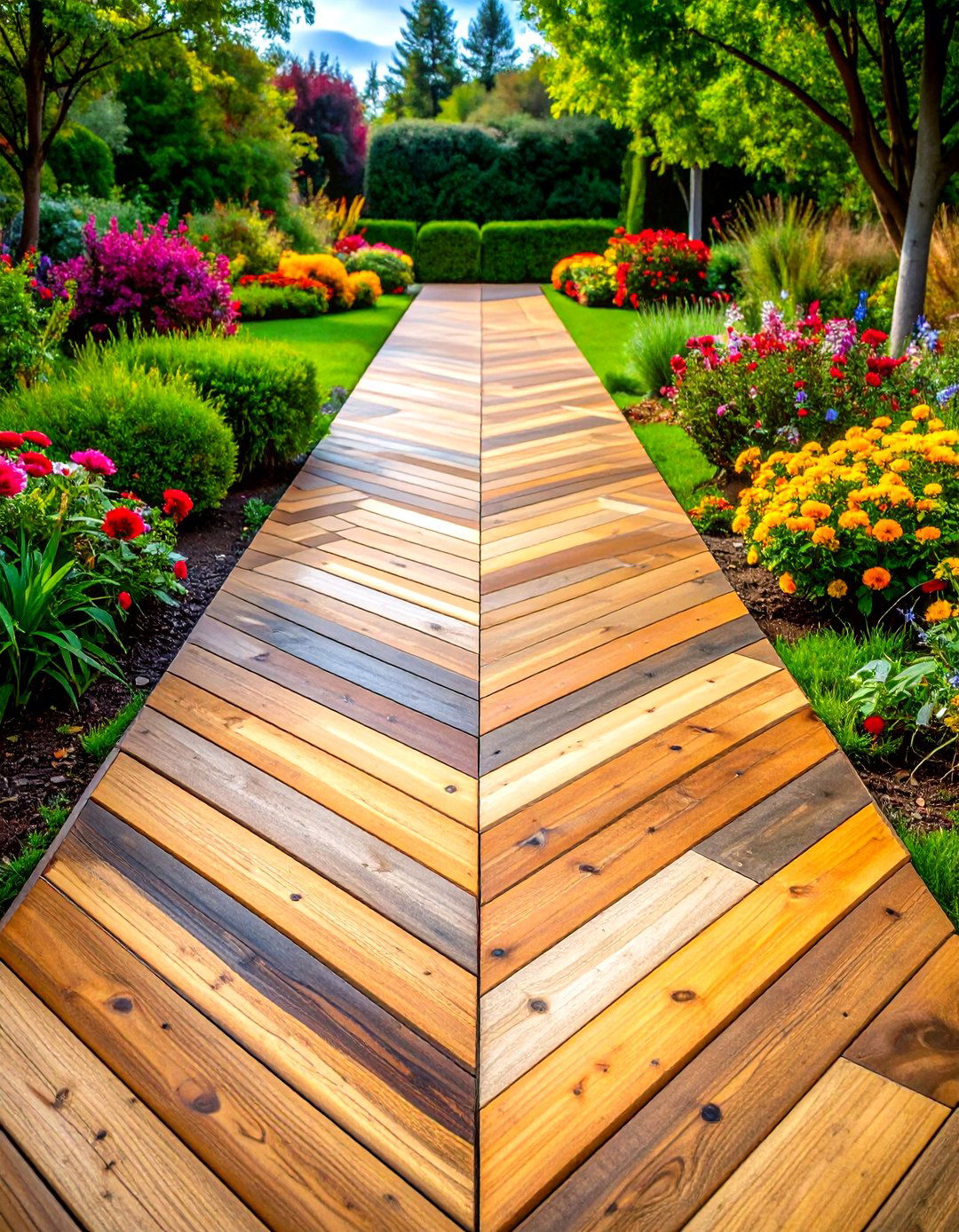
Create sophisticated visual interest with a herringbone pattern wooden walkway that adds geometric elegance to outdoor spaces. The angled plank arrangement creates striking modern aesthetics ideal for contemporary gardens or minimalist landscapes. This intricate pattern requires careful planning and precise cutting but delivers exceptional visual impact. Use contrasting wood stains to emphasize the geometric design or maintain uniform coloring for subtle texture. The diagonal orientation naturally guides foot traffic while creating dynamic visual movement along the pathway. Combine the herringbone pattern with complementary materials like gravel or metal edging for enhanced definition. This sophisticated approach transforms simple walkways into artistic landscape features that serve as conversation pieces while maintaining full functionality for daily use.
13. Textured Multi-Finish Wooden Walkway
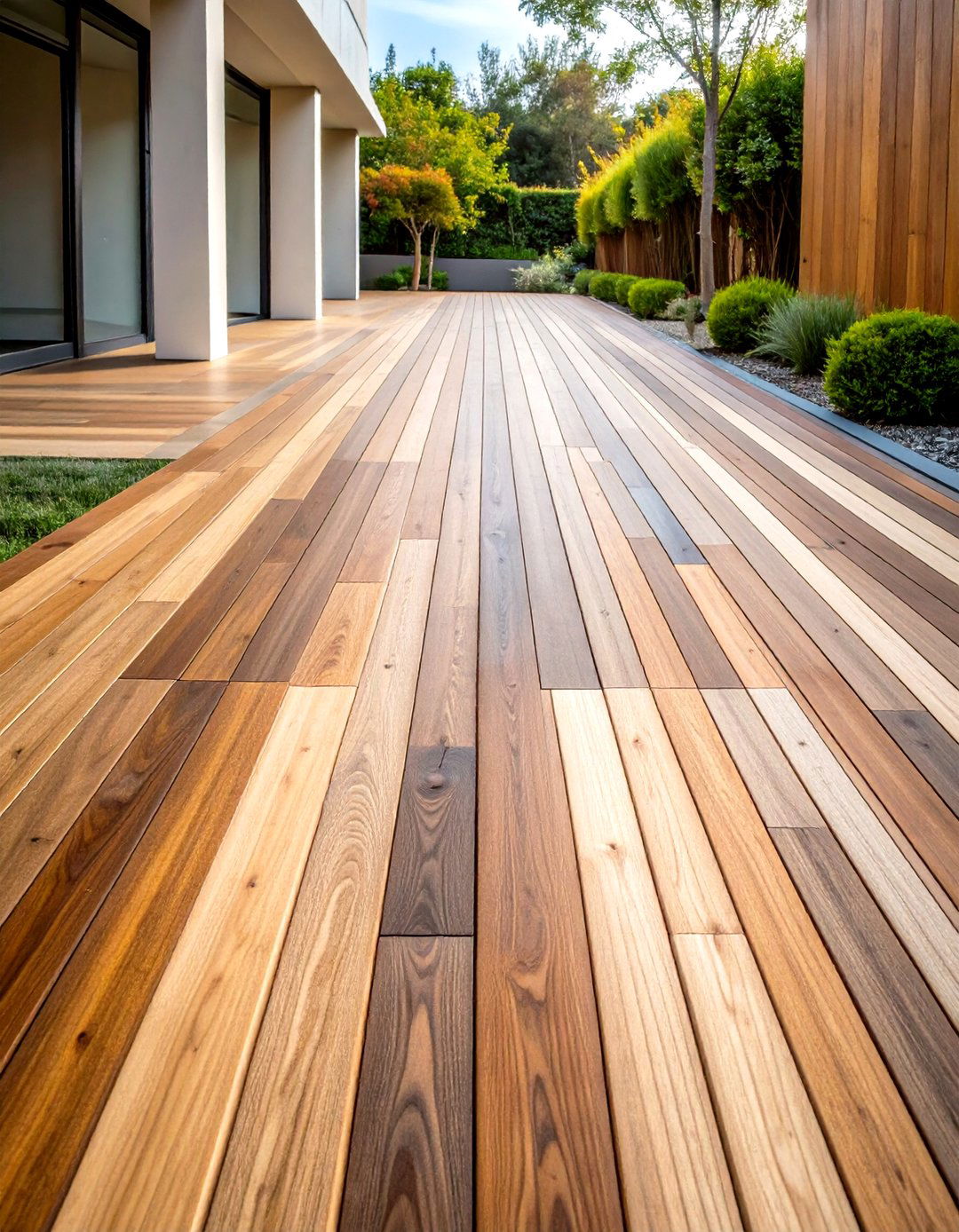
Add depth and visual complexity with a textured multi-finish wooden walkway combining smooth and rough surface treatments. The contrast between different textures creates visually striking effects that enhance contemporary garden designs. Alternate between planed smooth boards and rough-sawn lumber for tactile variety. Different staining techniques on alternating boards can create beautiful patterned effects. Consider incorporating wire-brushed textures, distressed finishes, or hand-scraped surfaces for additional character. The varied textures provide subtle non-slip properties while maintaining aesthetic appeal. This approach works particularly well in modern outdoor spaces where texture serves as a primary design element. Pair textured walkways with architectural plantings and clean landscape lines for cohesive contemporary styling. The interplay of textures creates engaging pathways that reward close inspection.
14. Spiral Wooden Walkway for Dramatic Gardens
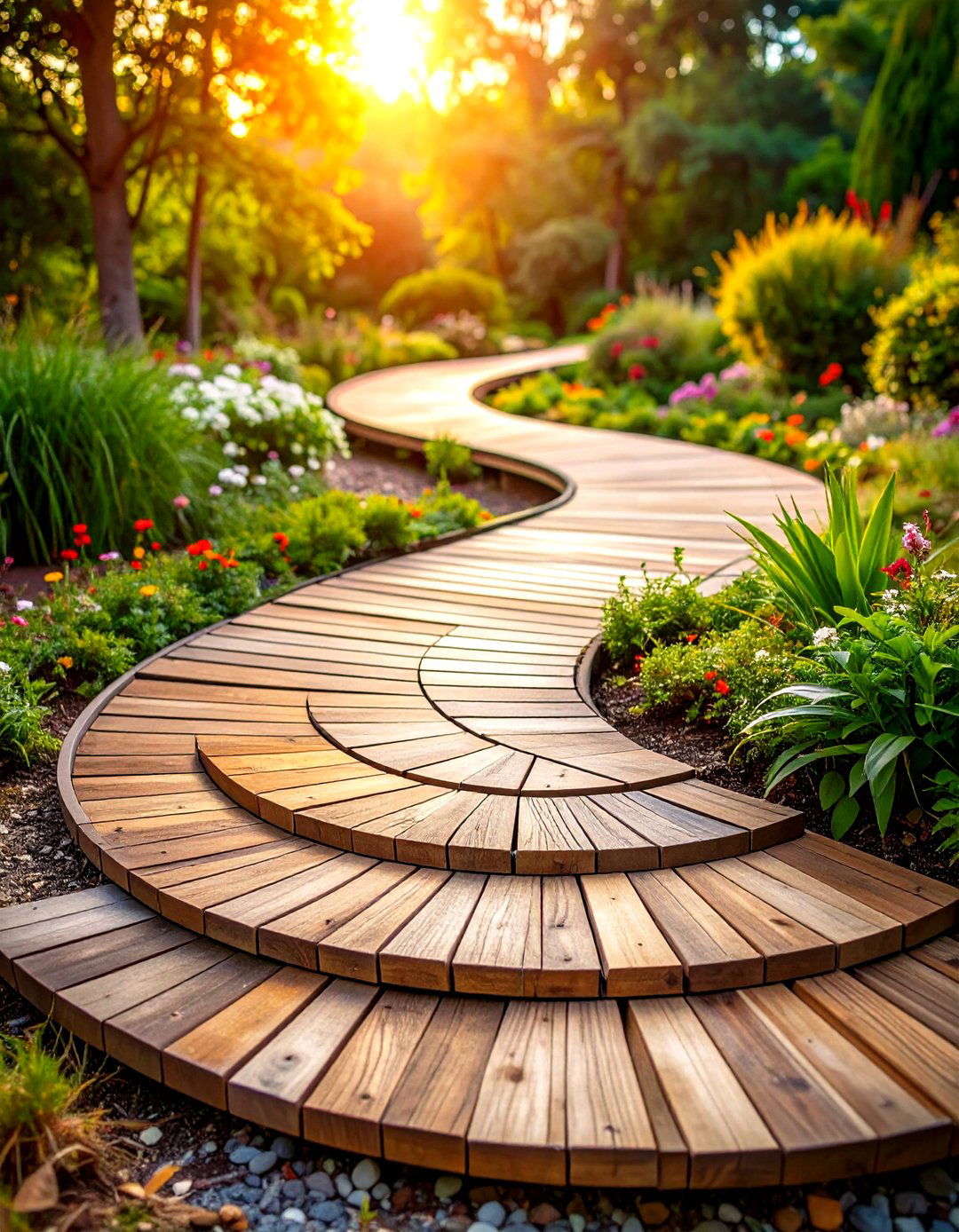
Design a spiral wooden walkway that creates dramatic movement through garden spaces while maximizing limited area usage. This unique approach transforms standard linear pathways into sculptural landscape elements. The spiral configuration naturally slows pedestrian movement, encouraging visitors to observe surrounding plantings from multiple angles. Use flexible construction techniques to achieve smooth curves while maintaining structural stability. Gradual transitions work better than sharp turns for both construction ease and user comfort. The spiral design works particularly well around specimen trees, water features, or central garden focal points. Consider varying the walkway width at different points along the spiral for added visual interest. This dramatic approach suits contemporary landscapes where bold architectural statements enhance overall design themes. The circular movement pattern creates meditative experiences within garden settings.
15. Cedar Plank Wooden Walkway with Stone Edging
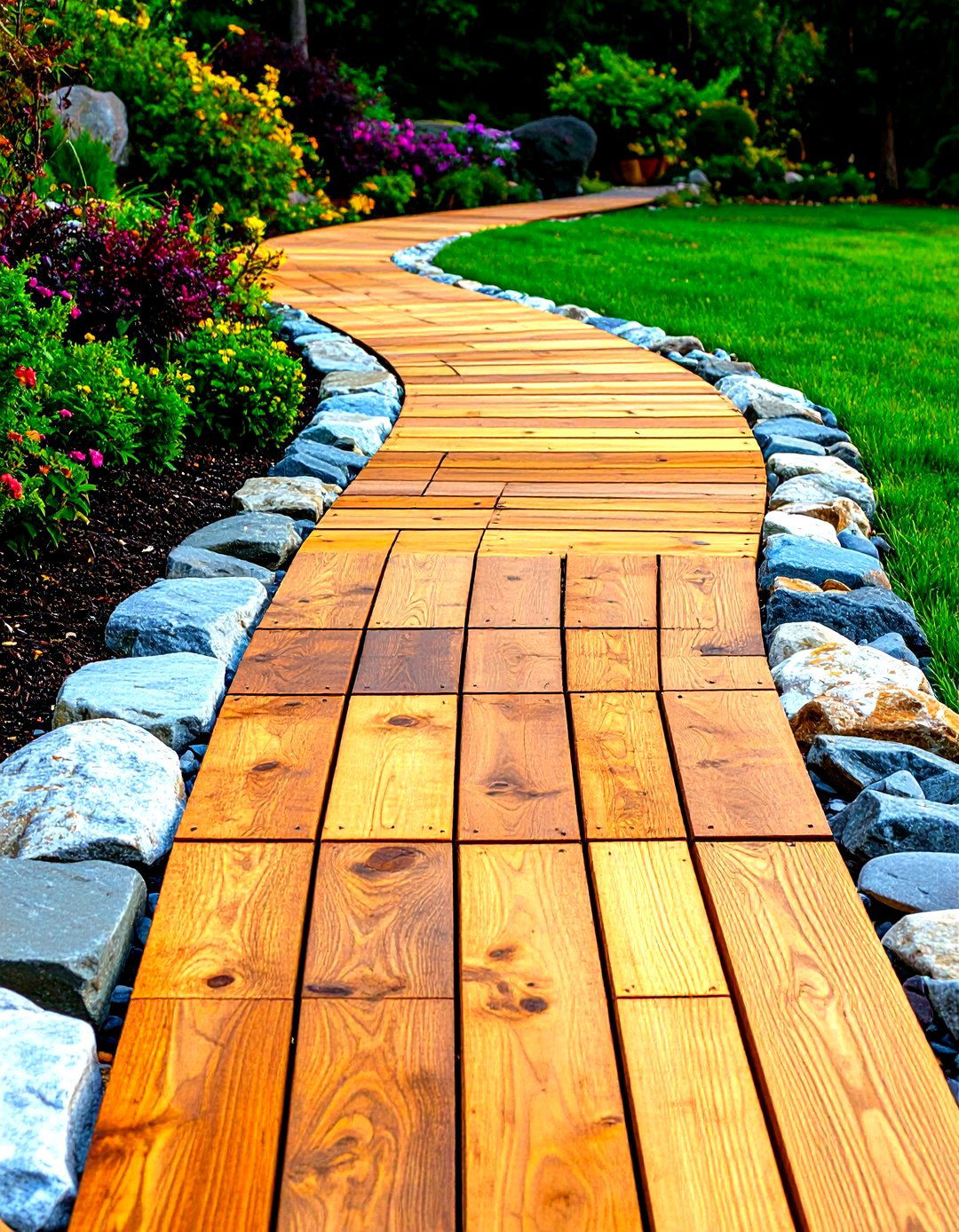
Combine natural materials with a cedar plank wooden walkway enhanced by decorative stone edging for refined outdoor aesthetics. The contrast between warm wood tones and cool stone colors creates sophisticated visual balance. Use uniform cedar planks for contemporary appeal or mix different widths for rustic character. Stone edging helps define walkway boundaries while preventing lateral board movement over time. Select stones that complement your home's exterior materials for cohesive landscape design. The combination provides excellent drainage while maintaining clean lines. Cedar's natural decay resistance ensures longevity while developing attractive silver-gray patinas with age. Proper installation includes landscape fabric beneath both wood and stone elements to prevent weed intrusion. This classic combination suits both traditional and contemporary landscape styles effectively.
16. Pergola-Covered Wooden Walkway
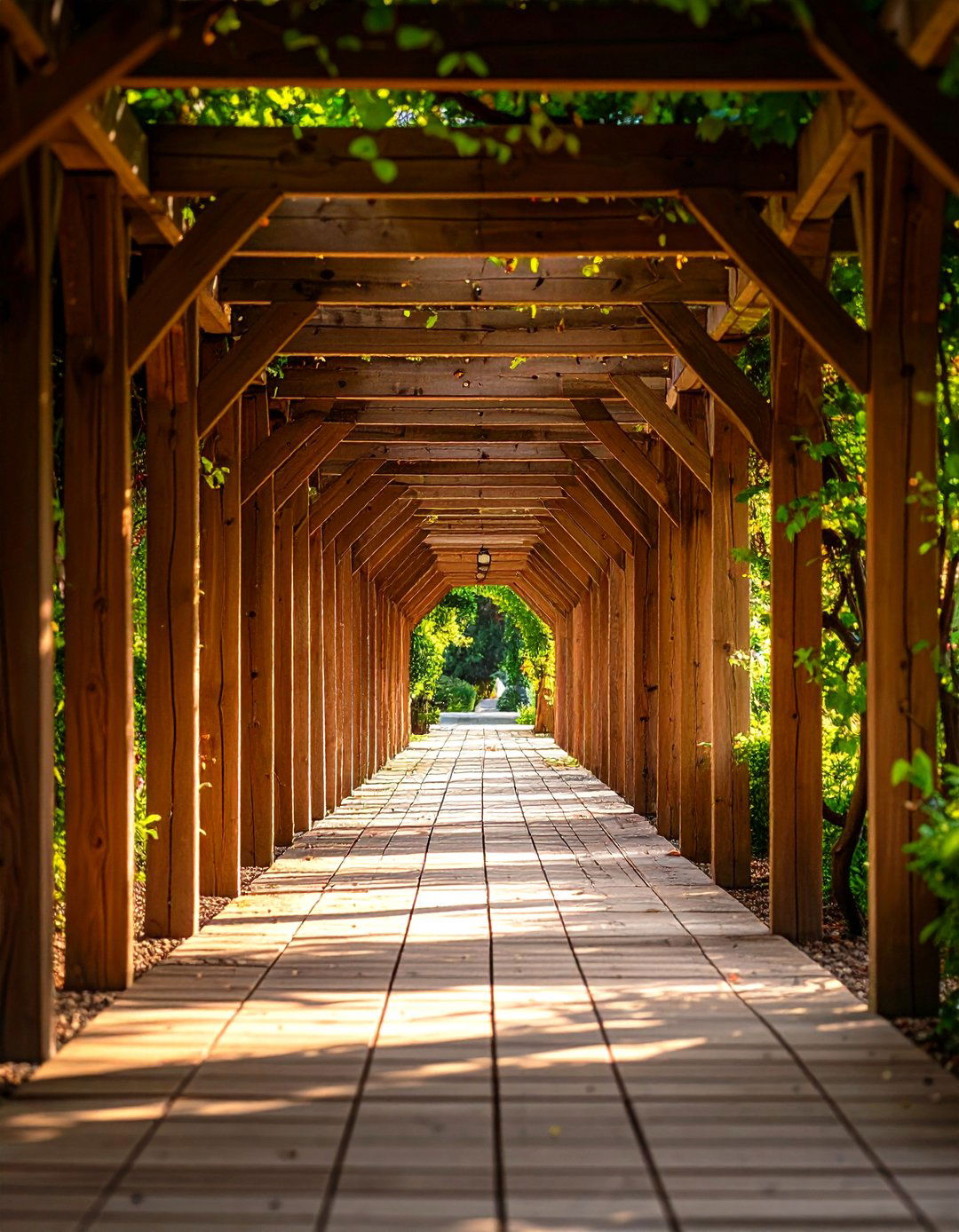
Create an enchanting garden tunnel with a pergola-covered wooden walkway that provides both shade and architectural interest. Allow climbing plants like wisteria or ivy to grow along the overhead structure for magical, shaded effects. The covered design protects users from weather while creating intimate spaces within larger landscapes. Use matching materials for both walkway surface and pergola structure to maintain design continuity. The overhead framework supports climbing vegetation that provides seasonal interest through changing foliage colors. Consider incorporating hanging baskets or string lighting for additional ambiance. The tunnel effect creates anticipation and mystery as visitors move through the covered space. This design approach works well for connecting different garden rooms or creating transitional spaces between formal and informal landscape areas. The combination of horizontal and vertical elements adds dimensional complexity to outdoor designs.
17. Hidden Storage Wooden Walkway
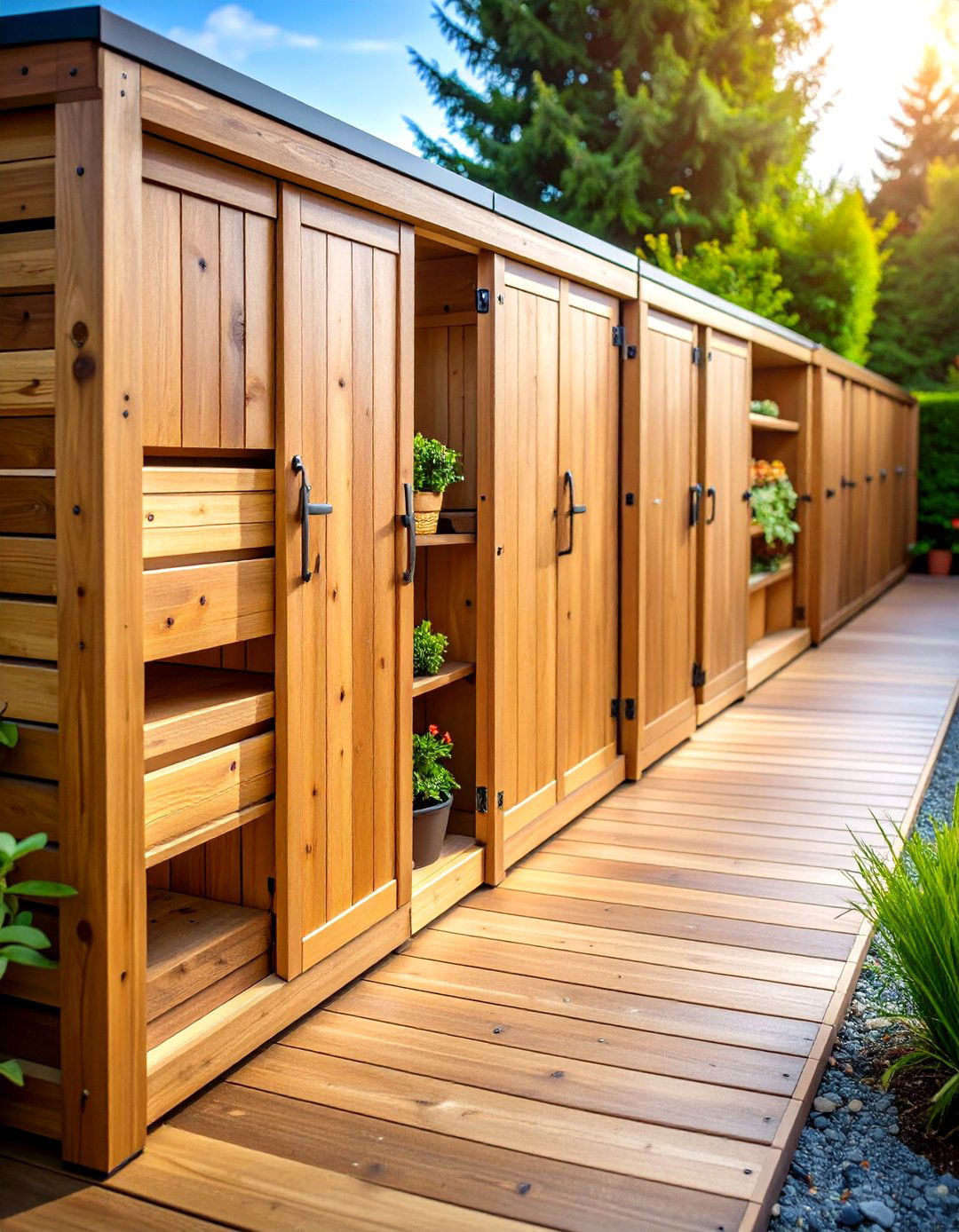
Maximize functionality with a hidden storage wooden walkway that conceals practical spaces beneath the walking surface. These clever compartments can store garden tools, outdoor cushions, or seasonal decorations while maintaining clean pathway aesthetics. Design hinged sections that lift easily for access while maintaining waterproof seals to protect stored items. The hidden storage concept works particularly well in smaller yards where every square foot matters. Use marine-grade hardware for hinges and latches to ensure longevity in outdoor conditions. Proper framing with adequate support prevents sagging under regular foot traffic. Consider organizing storage sections by seasonal needs or specific item categories for maximum efficiency. This innovative approach transforms standard walkways into multi-functional landscape elements that serve dual purposes while maintaining attractive appearances and full accessibility for daily use.
18. Trex Composite Wooden Walkway for Durability
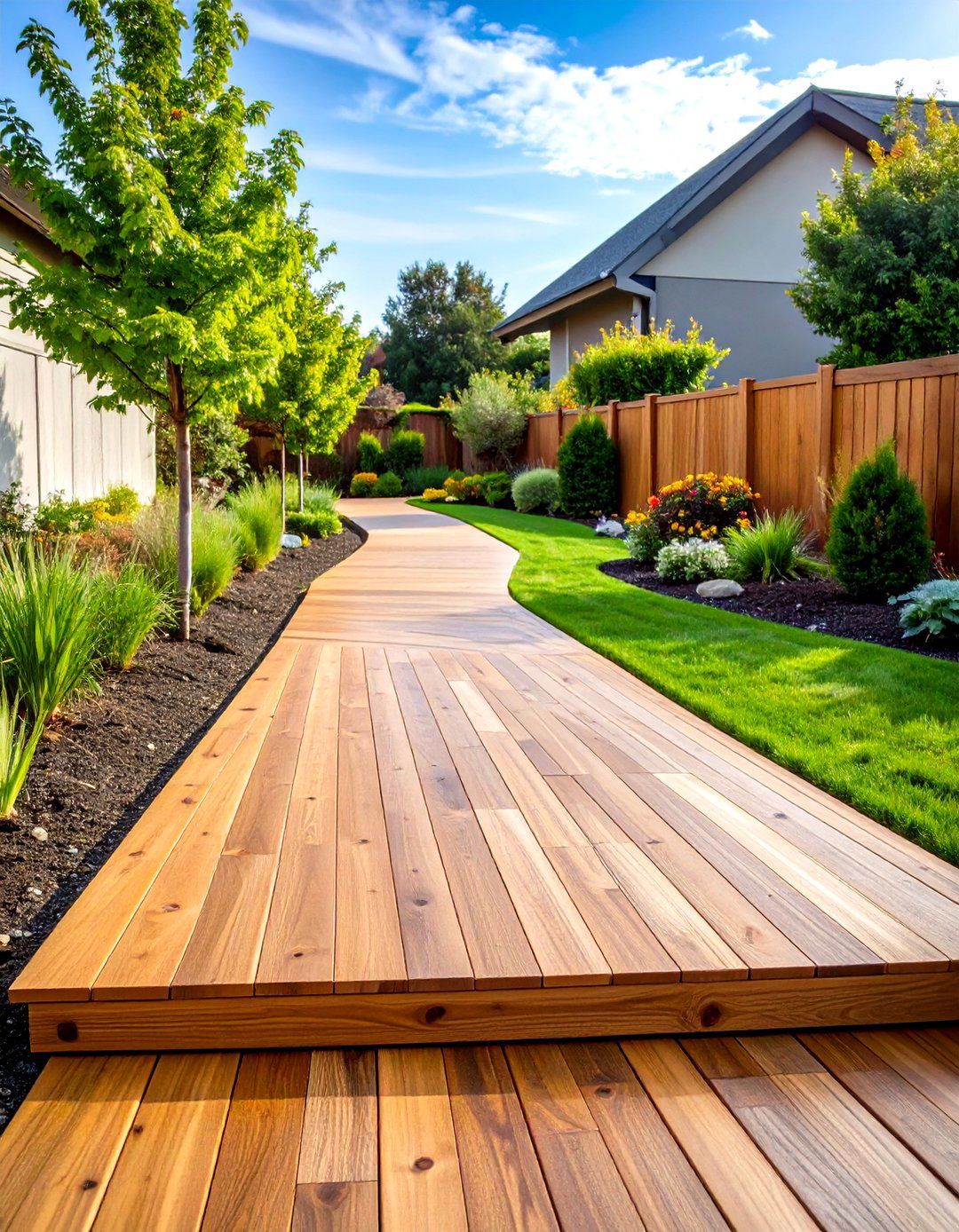
Invest in long-term performance with a Trex composite wooden walkway that delivers wood aesthetics without traditional maintenance requirements. The material's fade-resistant, stain-resistant, and scratch-resistant properties ensure lasting beauty even under heavy use. Installation involves building simple 2×4 frame bases connected together to create continuous pathways. Trex composite handles extreme weather conditions while maintaining its appearance, making it ideal for harsh climates. The splinter-free surface ensures safety for children and pets while requiring only occasional cleaning with mild soap and water. Available in multiple color options that maintain their appearance without staining or painting. Use matching plugs and hidden fasteners for professional-looking installations with no visible hardware. This premium option provides decades of reliable service with minimal upkeep requirements.
19. Zigzag Japanese Wooden Walkway
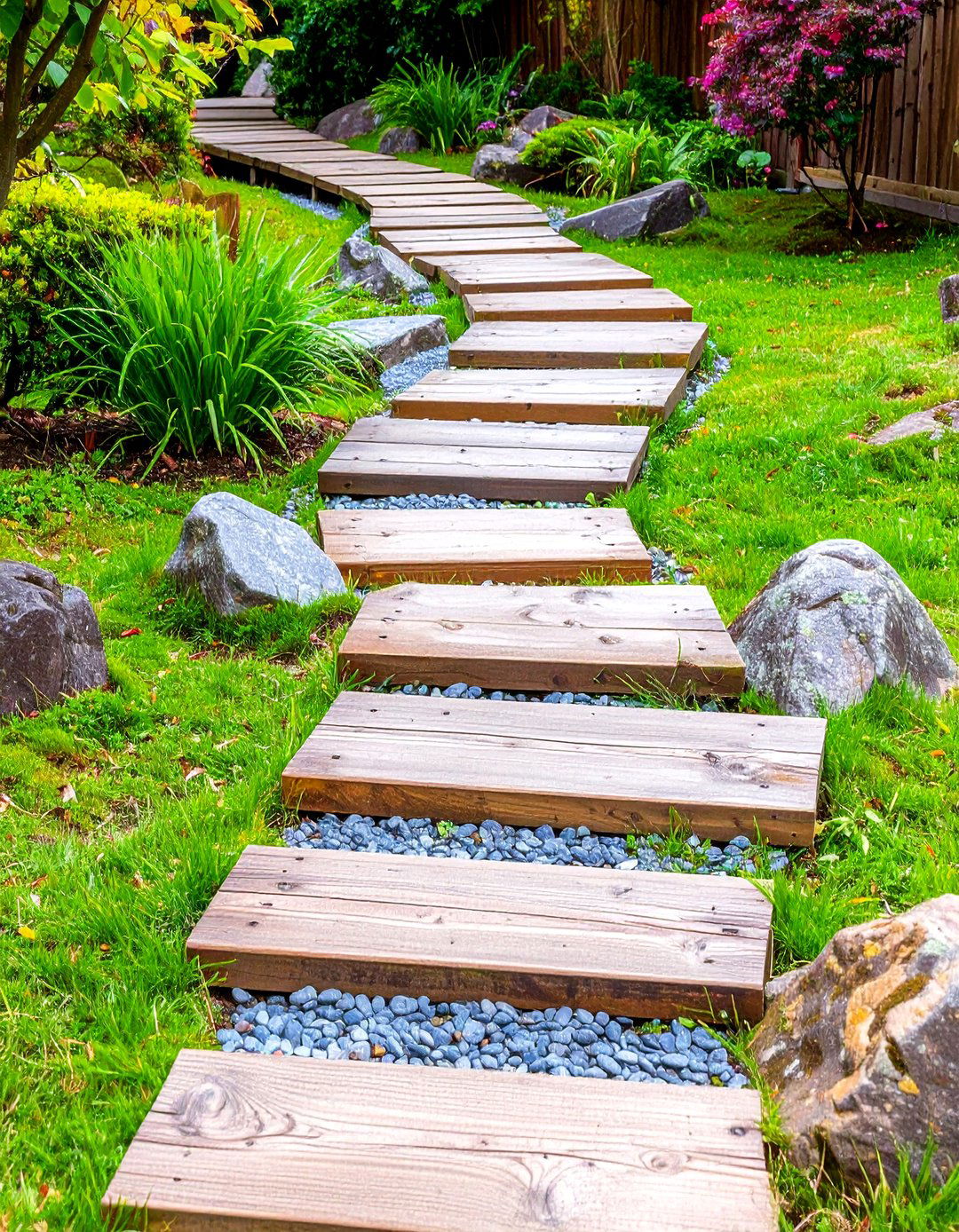
Embrace traditional Japanese garden design with a zigzag wooden walkway that promotes mindfulness and contemplation. The yatsuhashi zigzag pattern forces users to navigate deliberate turns, slowing movement and encouraging observation. Traditional construction uses wooden planks supported above water or ground level with precise spacing between sections. The angular design philosophy reflects Japanese beliefs about confusing evil spirits while creating meditative walking experiences. Each direction change offers new perspectives of surrounding landscape elements. Combine with traditional elements like stone lanterns, bamboo screens, and carefully pruned plants for authentic aesthetics. The geometric pattern creates striking visual contrasts against organic garden shapes while maintaining functional pathways. This design approach transforms simple transportation into ceremonial experiences that connect users with nature through deliberate, mindful movement patterns.
20. Modular Interlocking Wooden Walkway System

Create flexible pathways with modular interlocking wooden walkway systems that adapt to changing landscape needs. These snap-together tiles install easily without tools, allowing even children to participate in assembly. The durable construction resists fading, warping, scratching, and water damage while maintaining natural wood appearance. Individual sections can be rearranged seasonally or replaced as needed without affecting the entire walkway. The modular approach suits rental properties or anyone wanting maximum flexibility in landscape design. Available in various wood species including cedar, fir, and bamboo options for different aesthetic preferences. Each tile typically covers one square foot, making quantity calculations straightforward for any project size. The interlocking design ensures stable connections while allowing for easy disassembly and storage when pathways are no longer needed or require seasonal protection.
Conclusion:
Wooden walkways offer endless possibilities for enhancing outdoor spaces with both beauty and functionality. From budget-friendly pallet projects to sophisticated composite installations, these 20 ideas demonstrate wood's versatility in landscape design. Whether you prefer the rustic charm of weathered barn wood, the modern appeal of LED-illuminated paths, or the tranquility of Japanese-inspired designs, wooden walkways provide sustainable solutions that improve with age. The natural material complements any landscape style while offering the unique advantage of DIY installation possibilities. Choose designs that match your maintenance preferences, budget constraints, and aesthetic goals to create pathways that will serve your property beautifully for years to come.


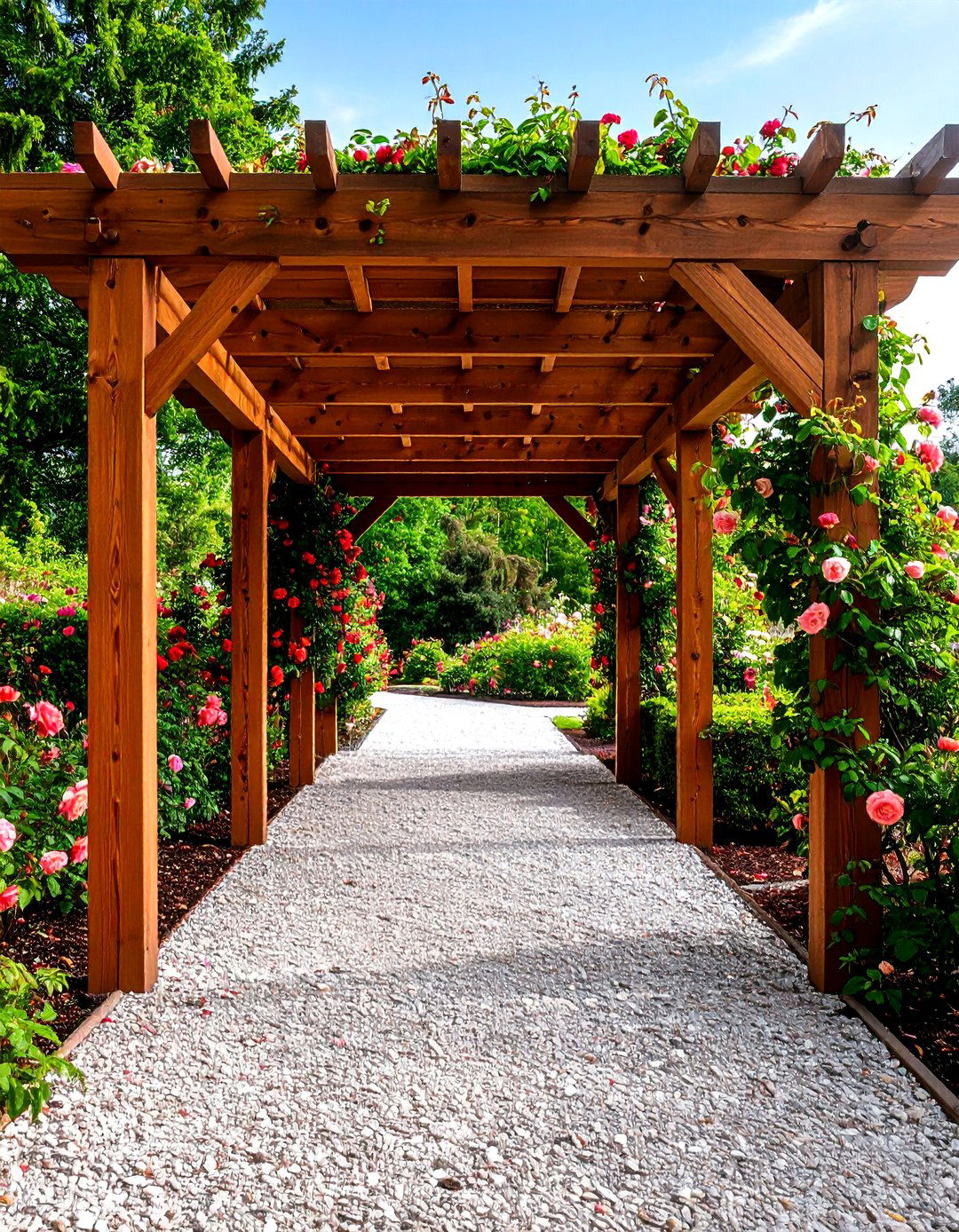
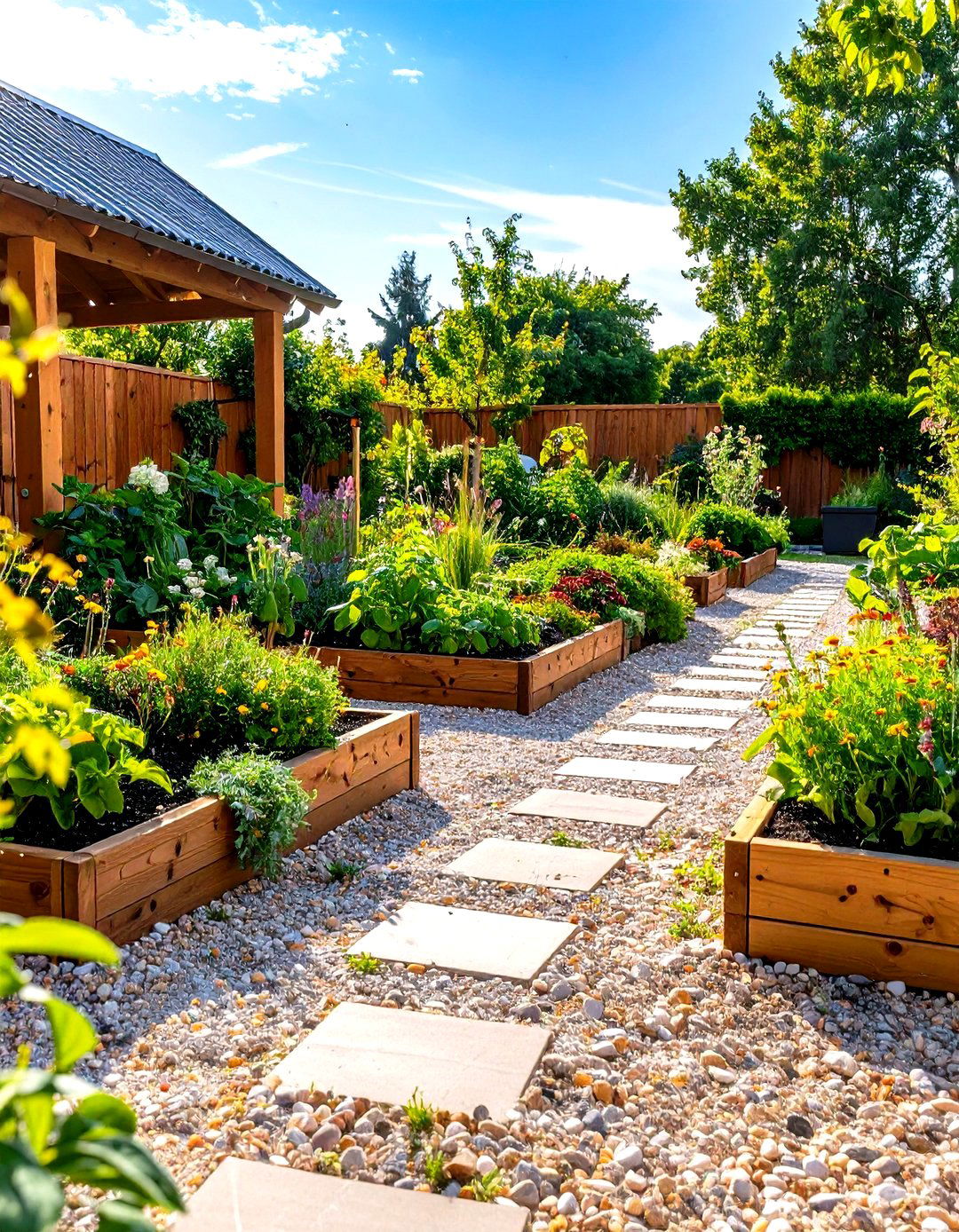
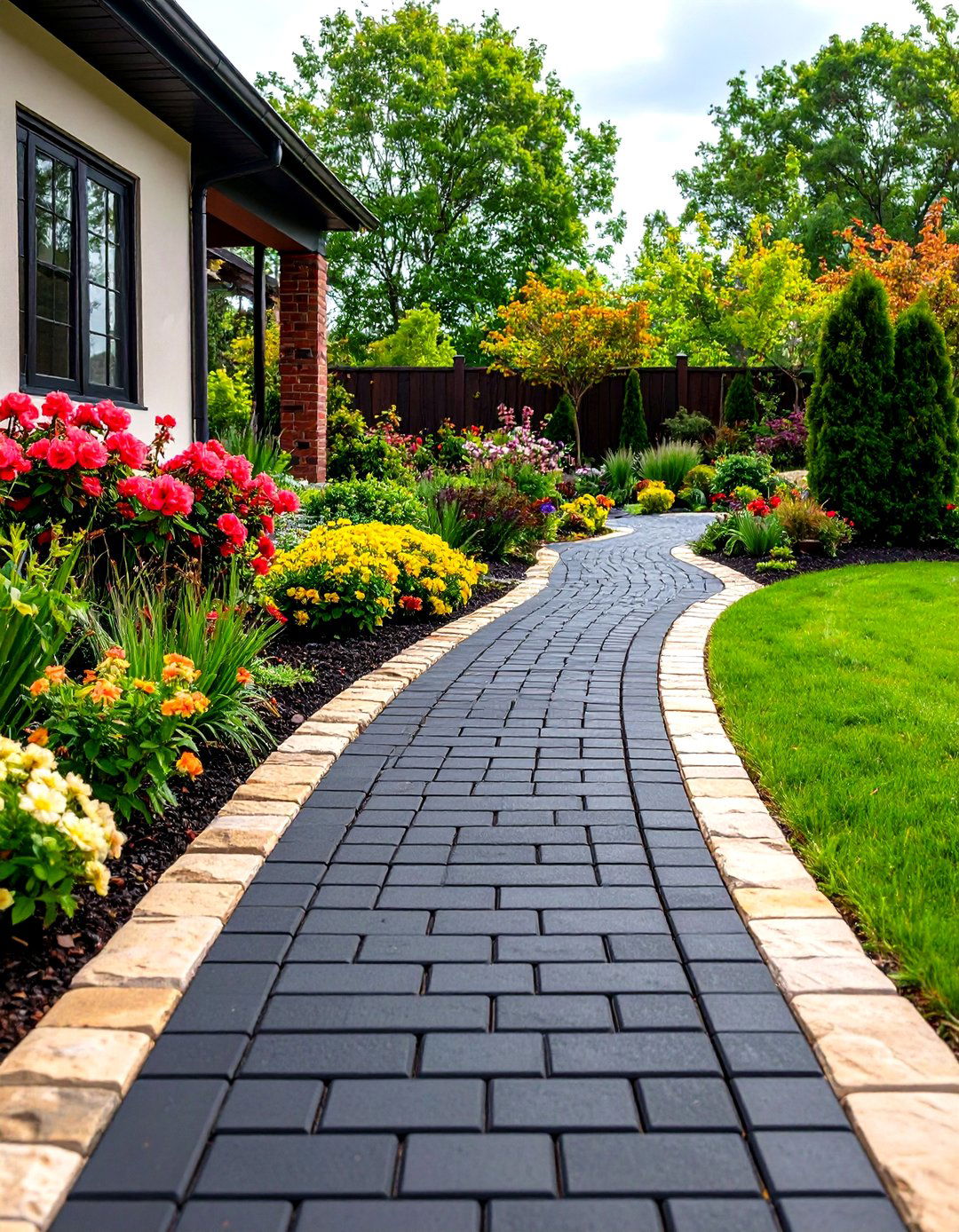
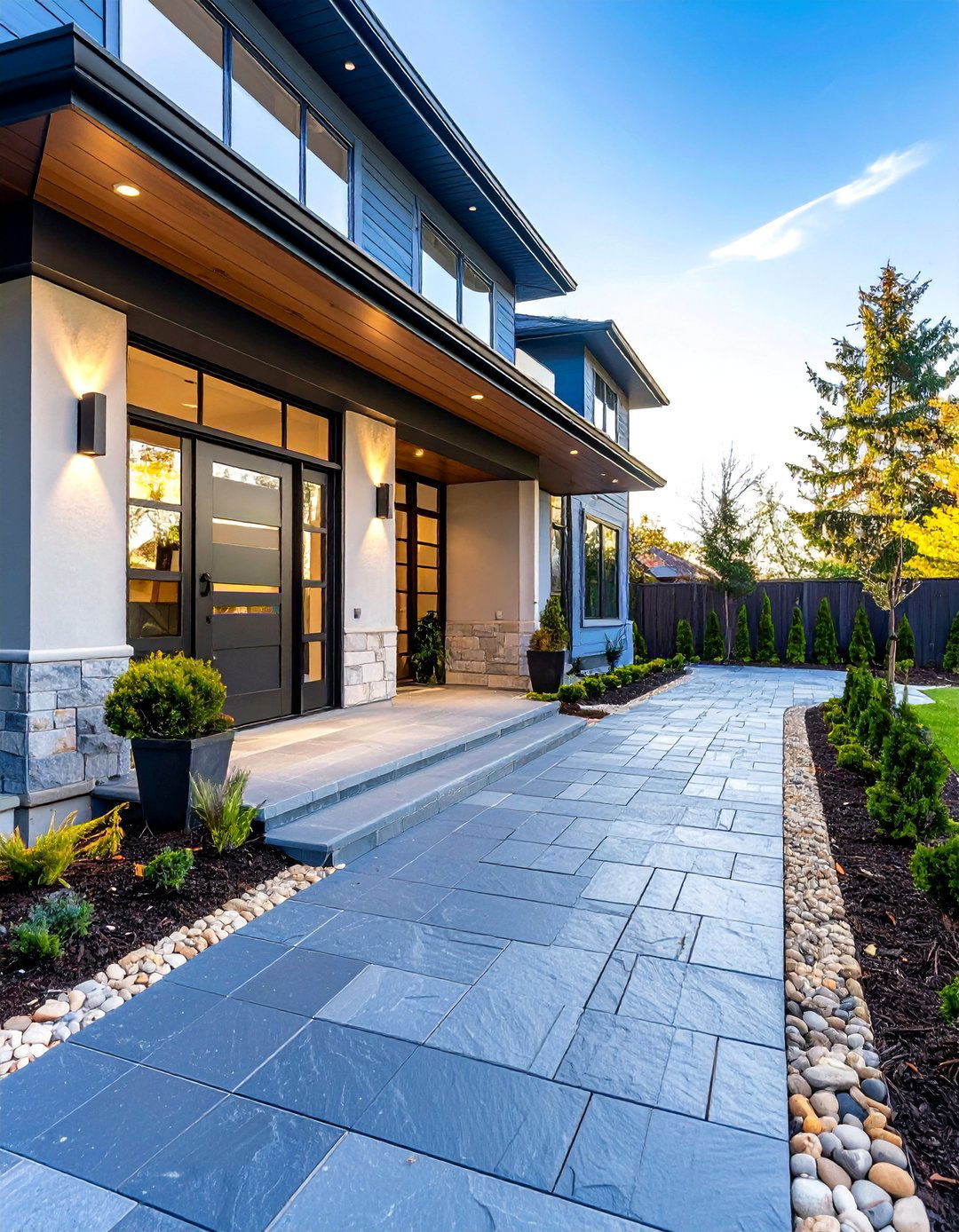
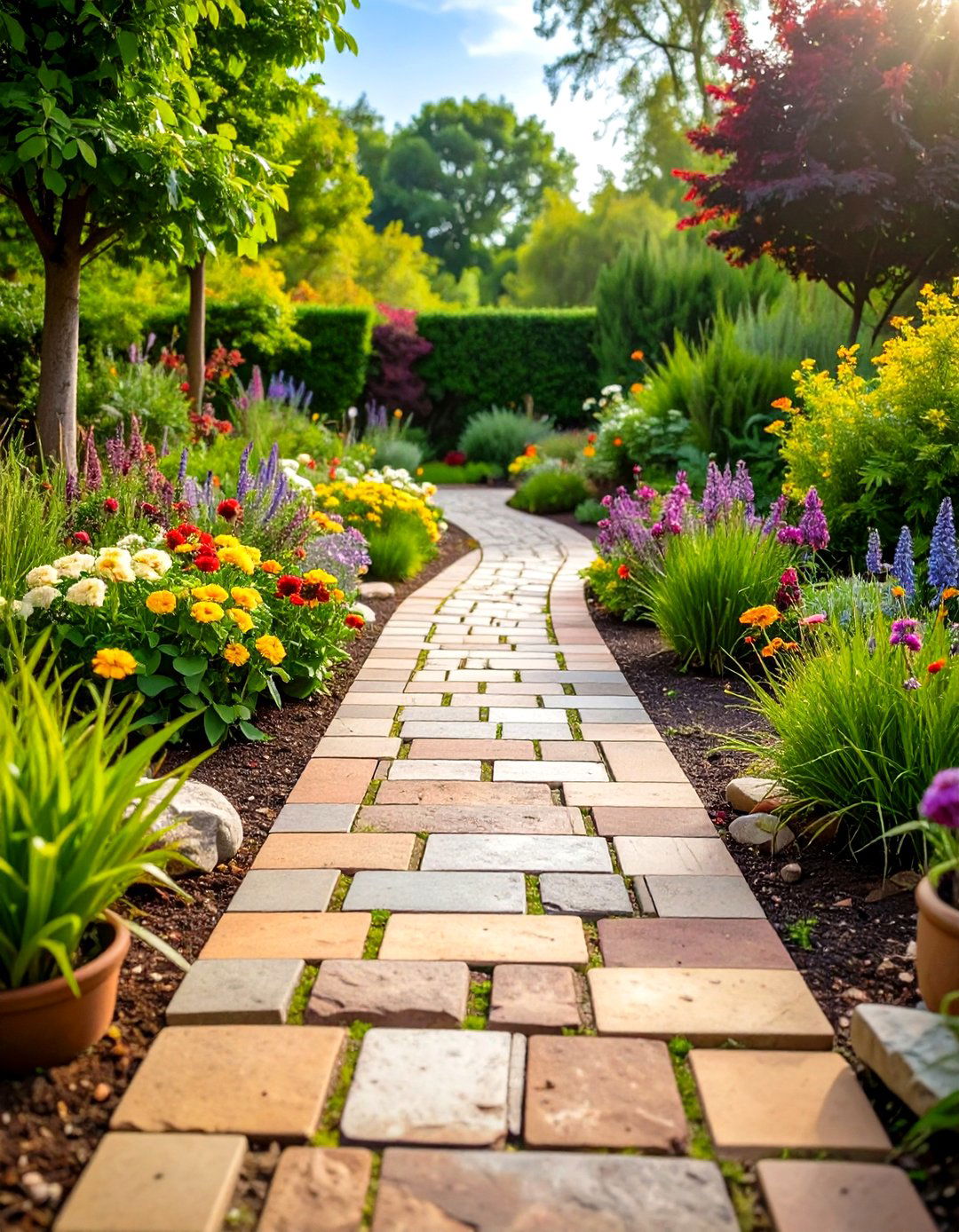


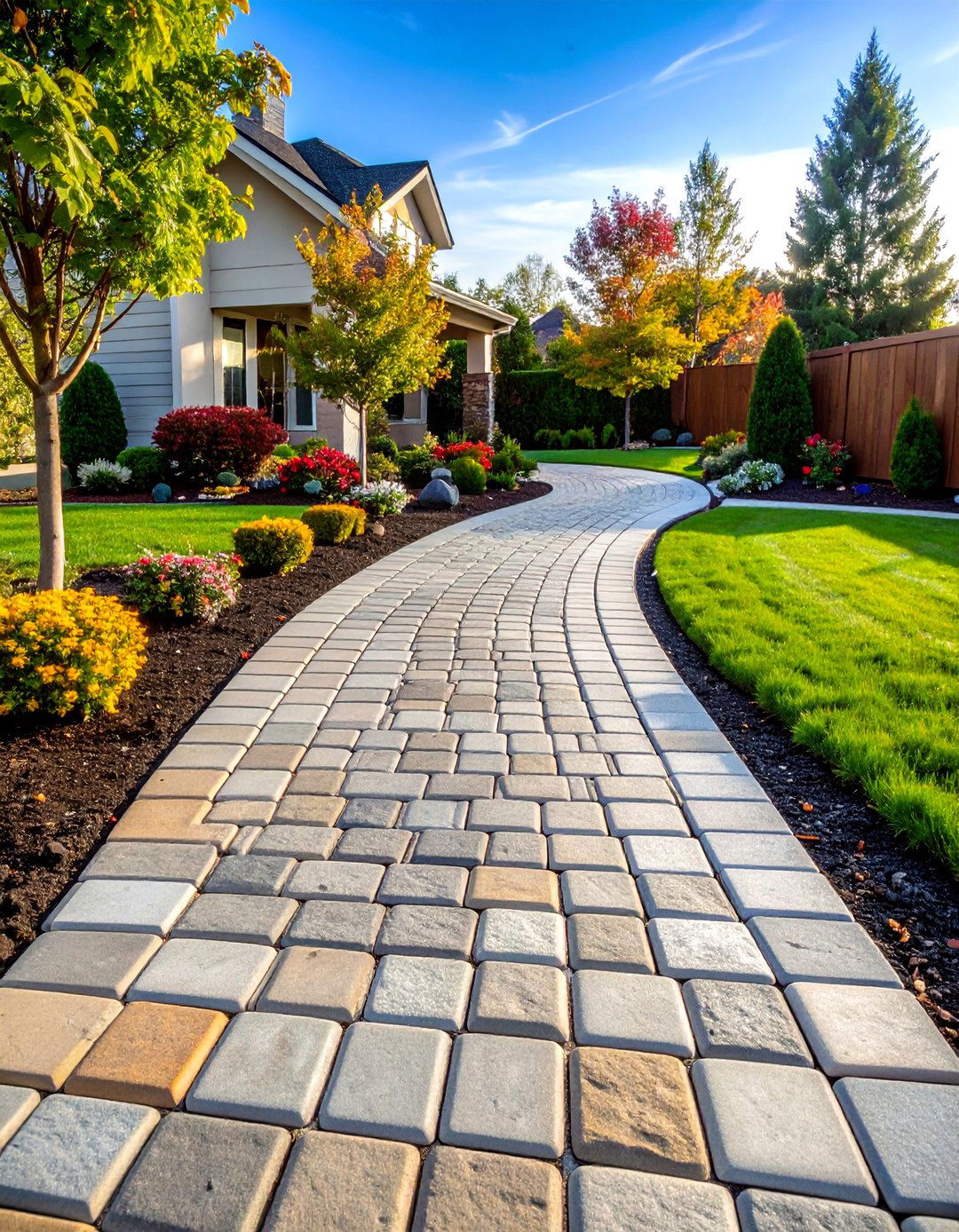
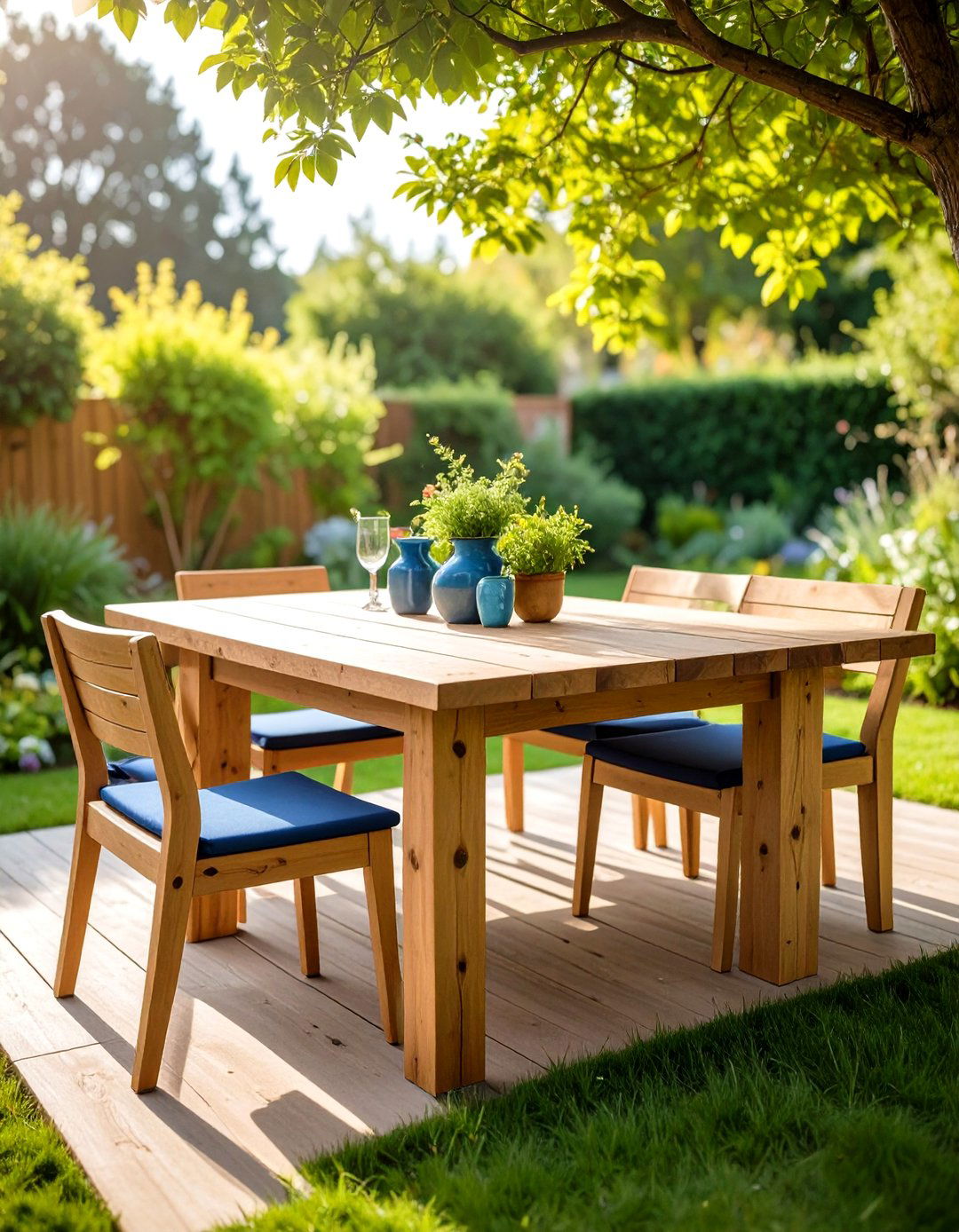

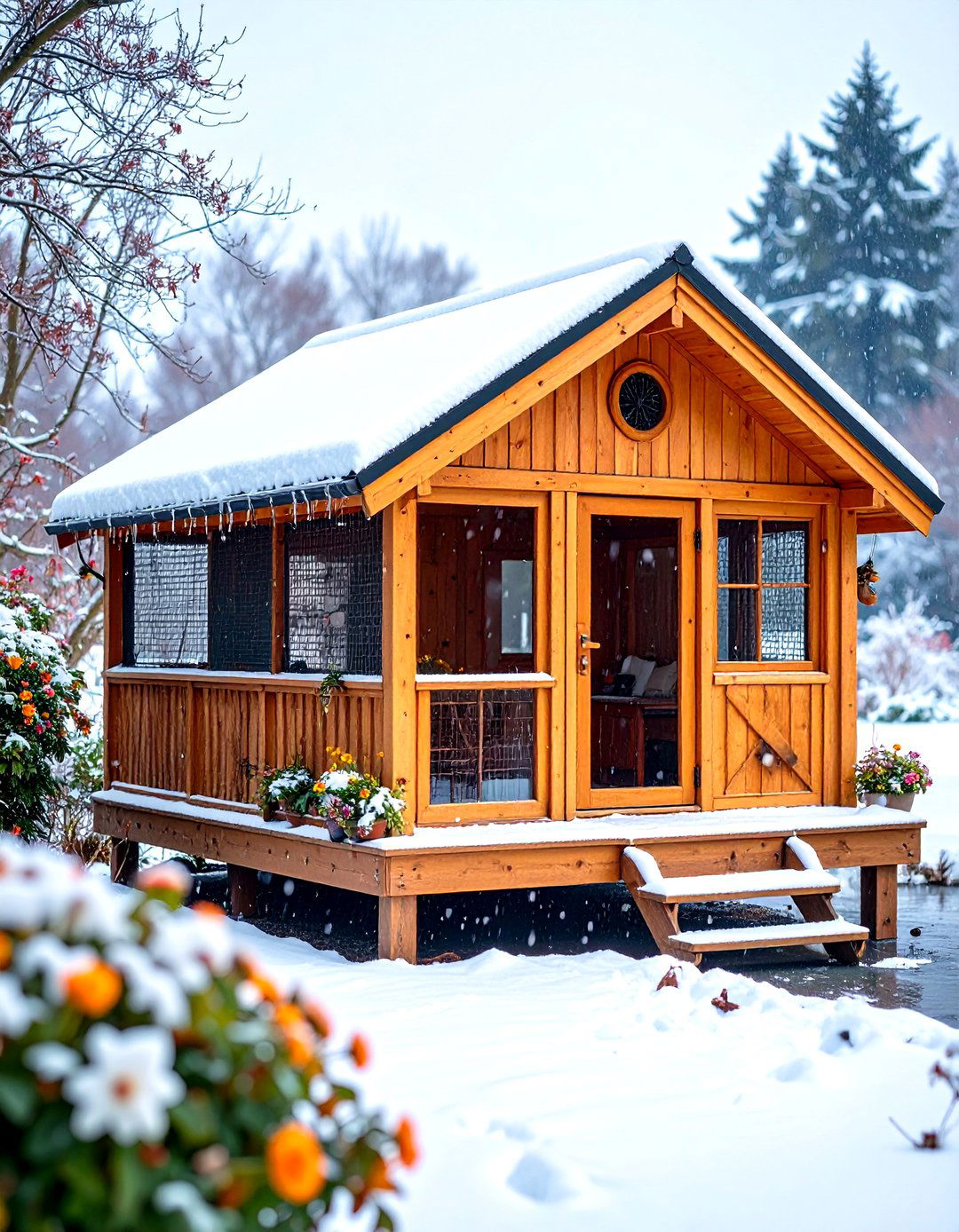

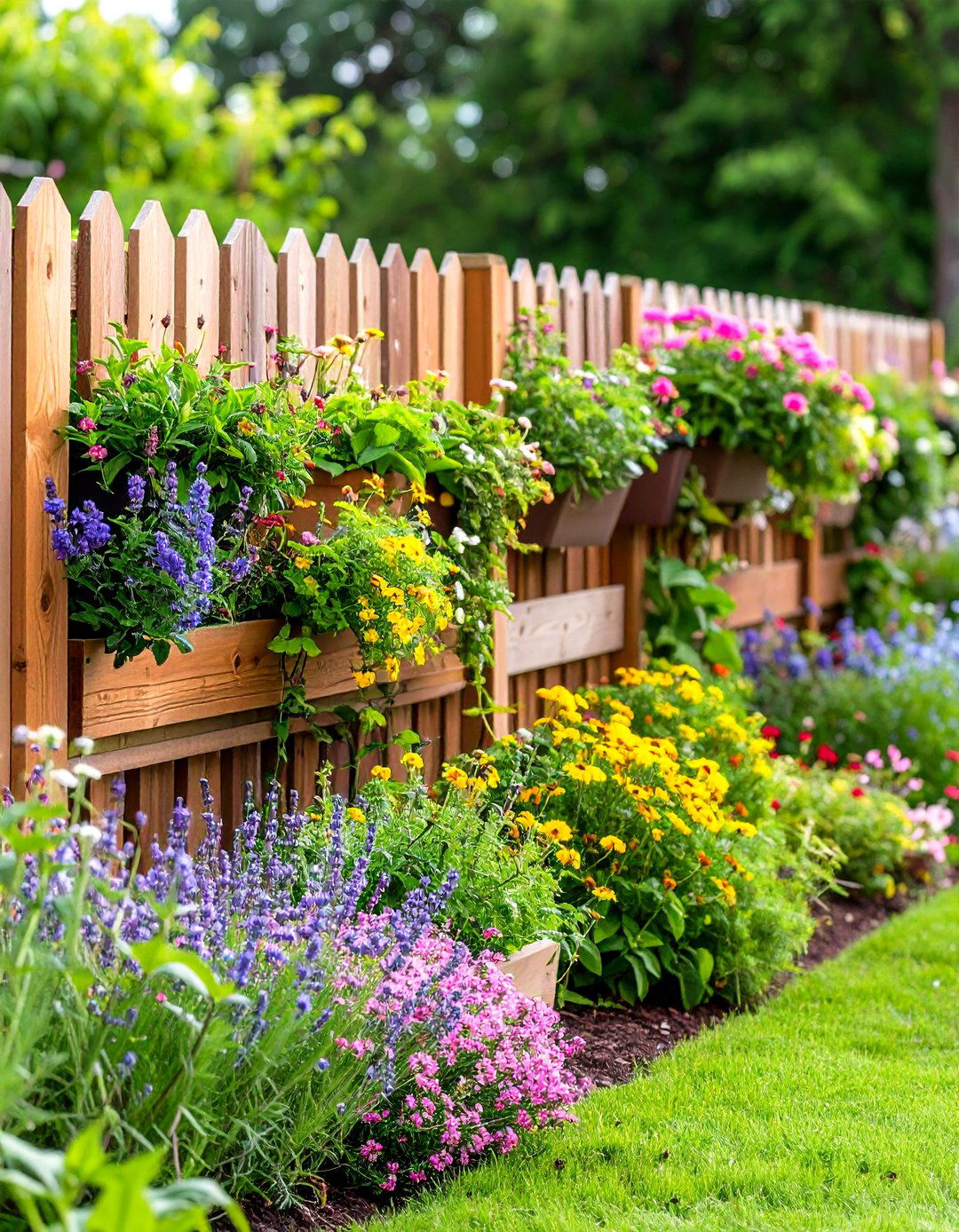
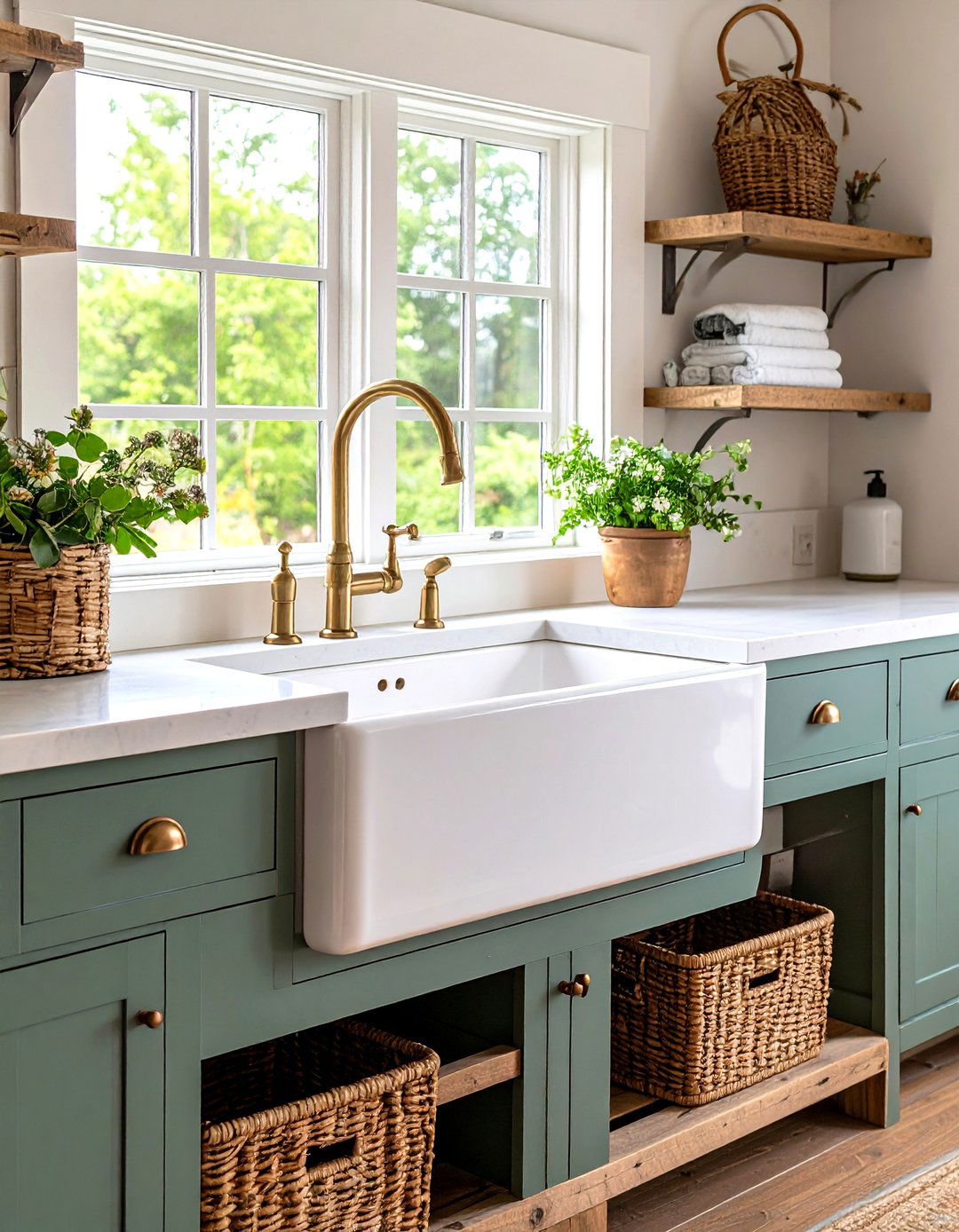

Leave a Reply